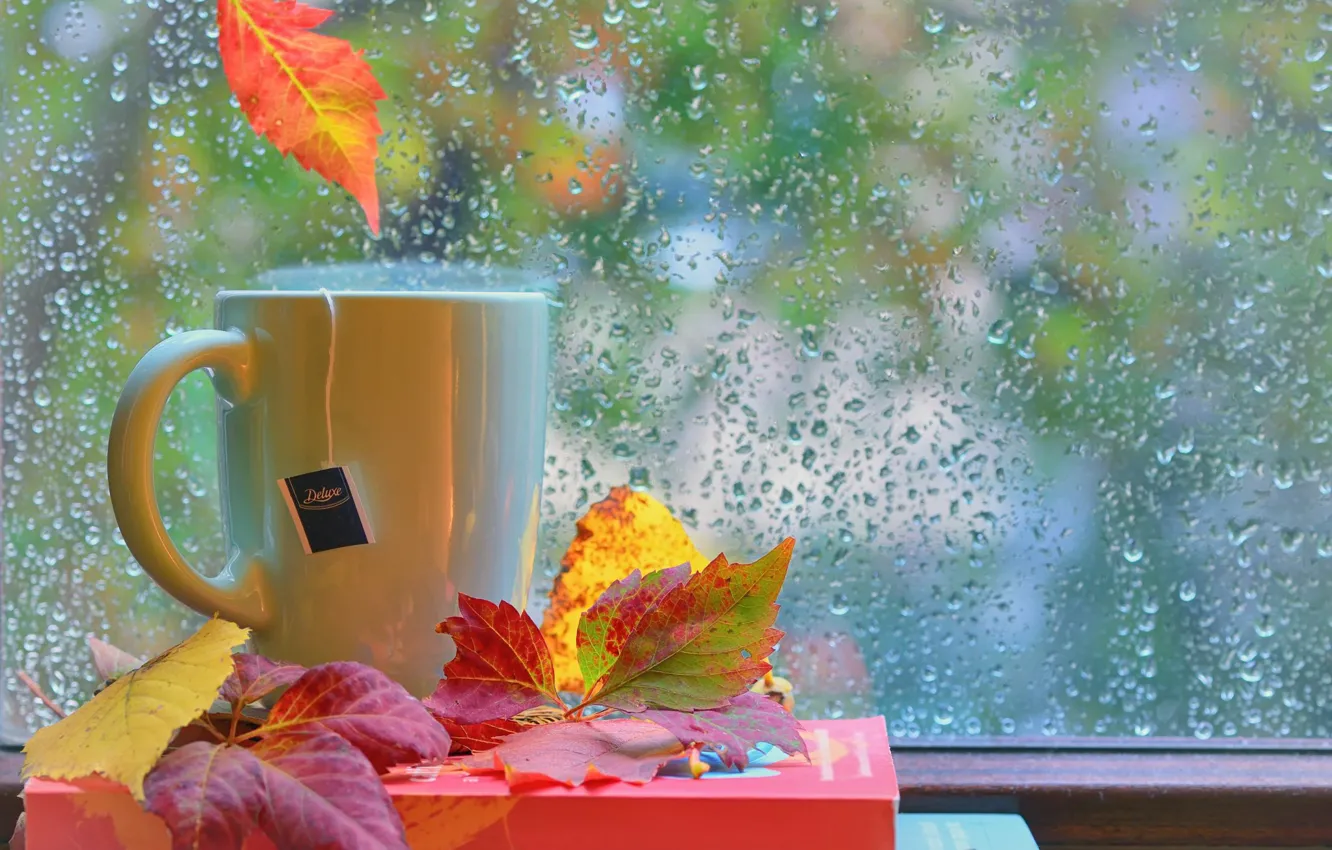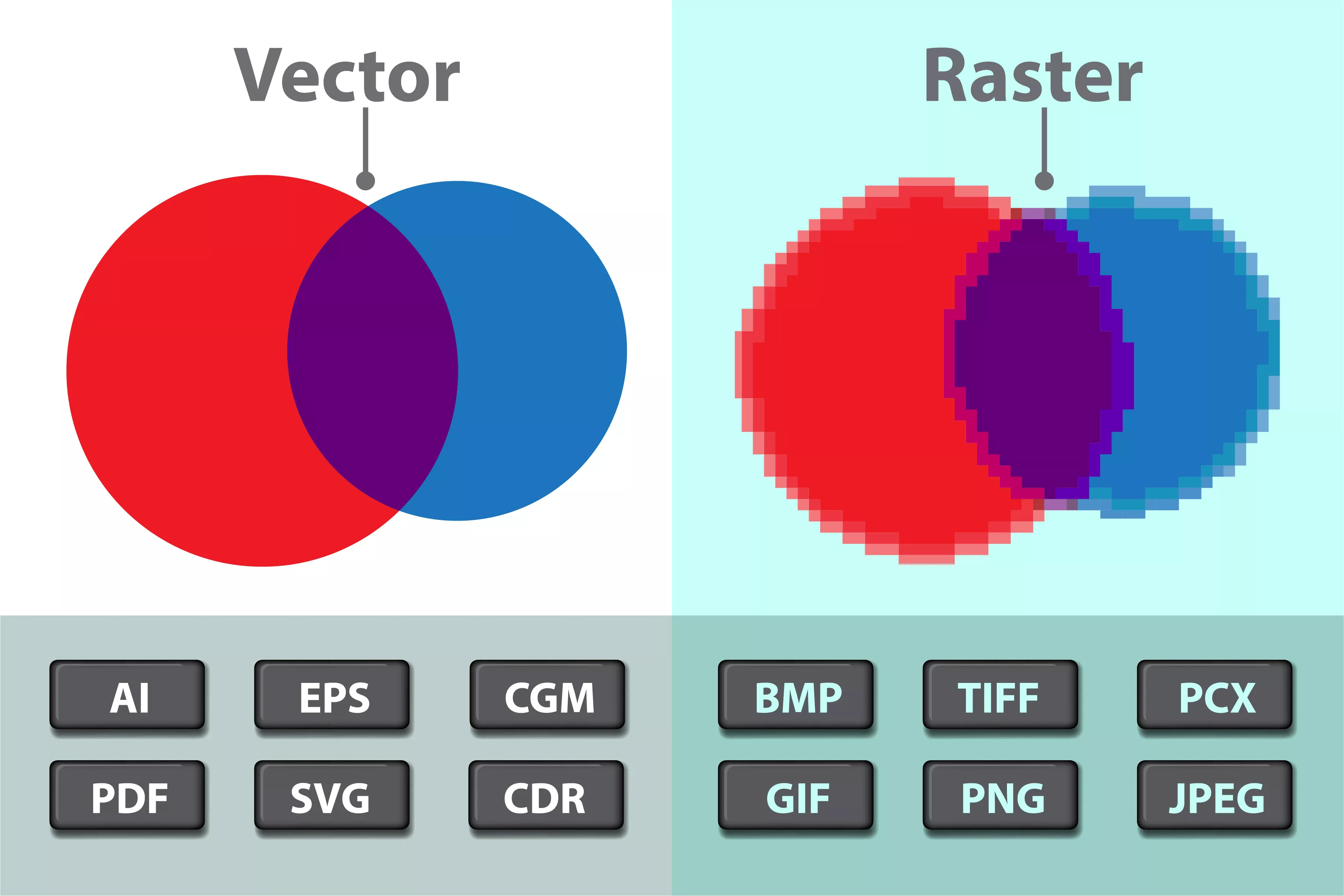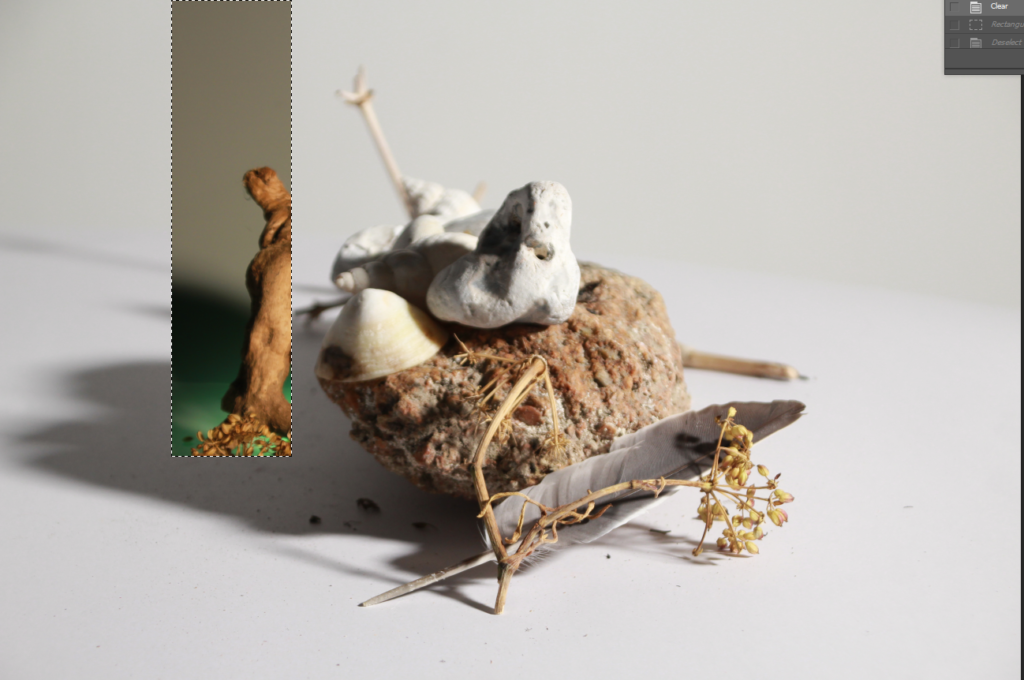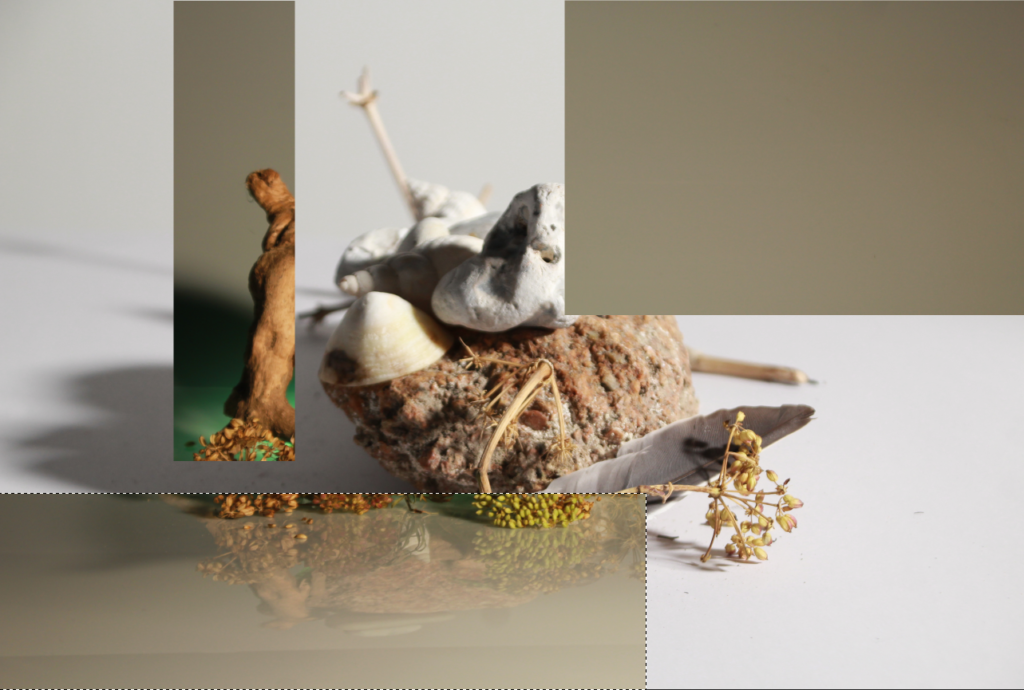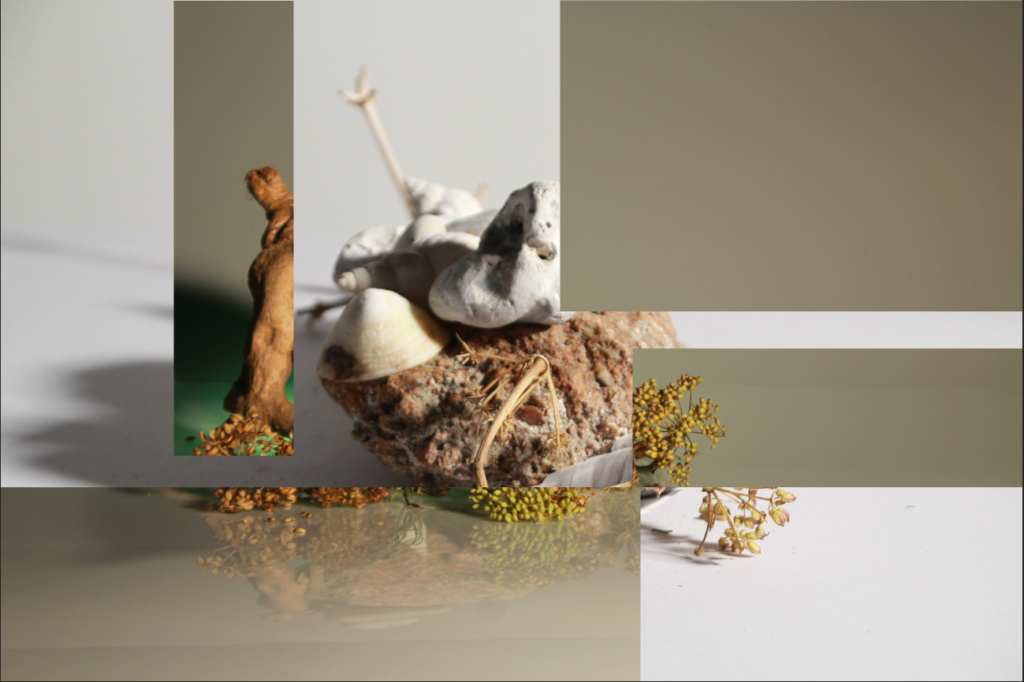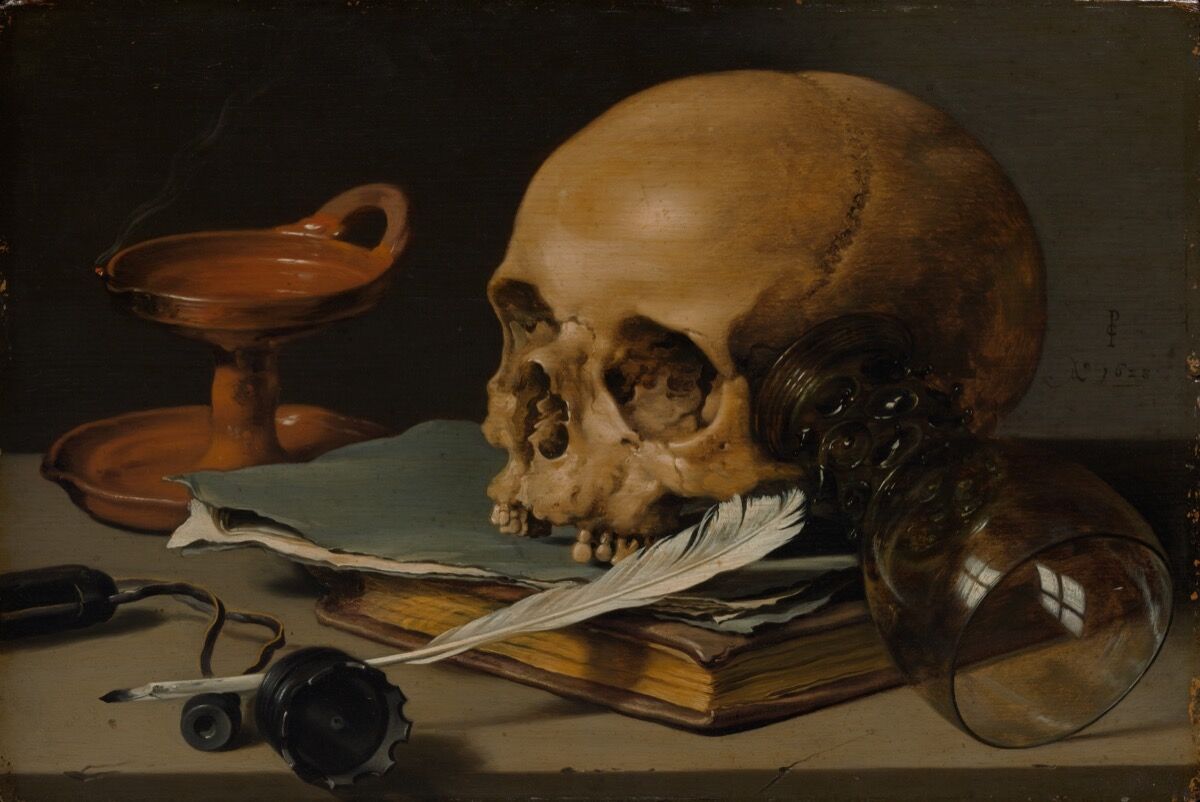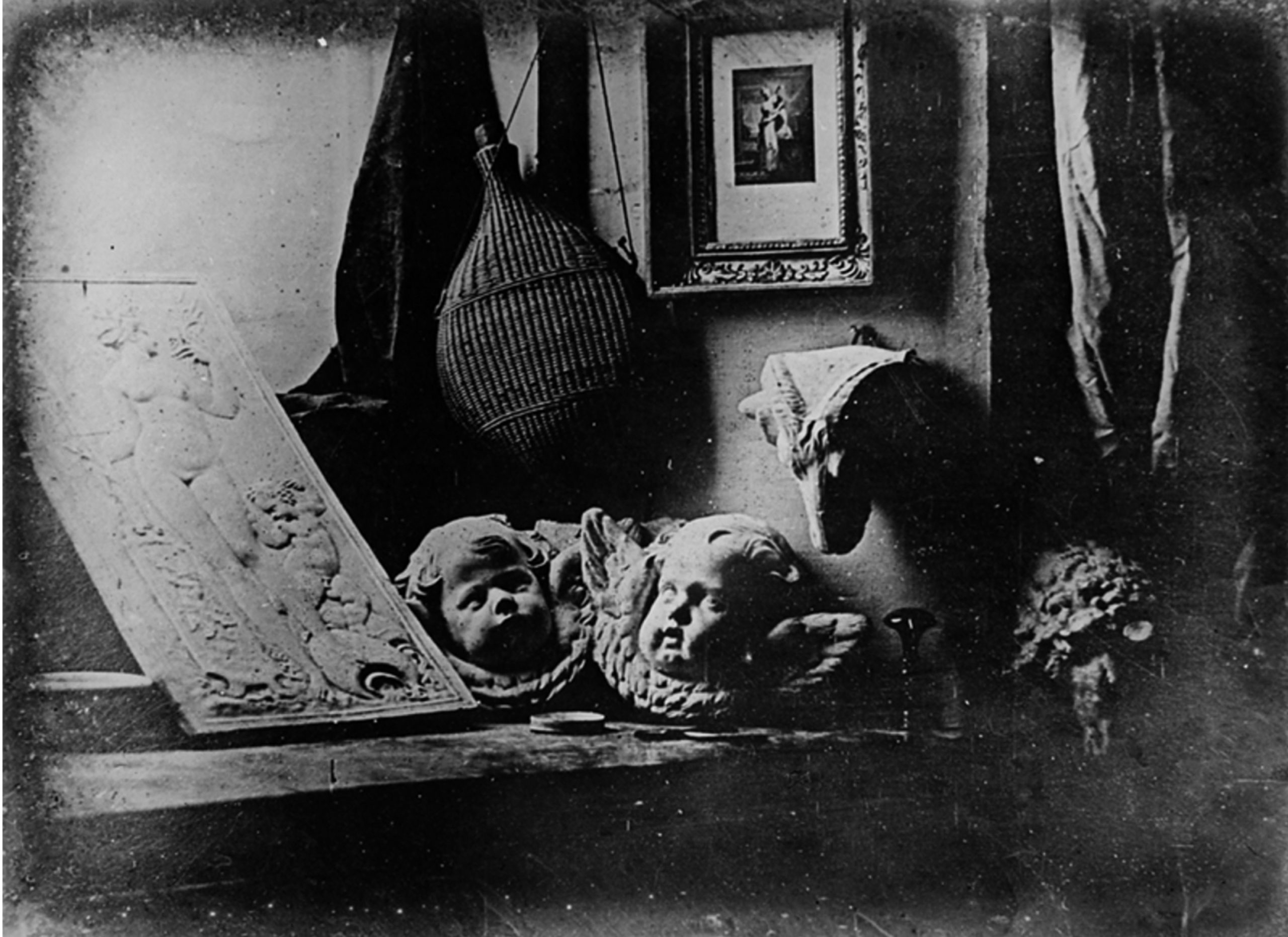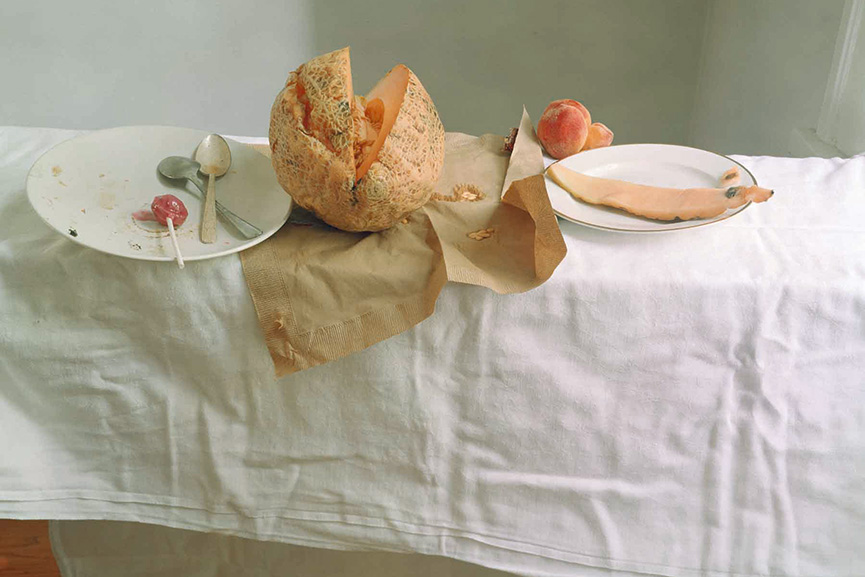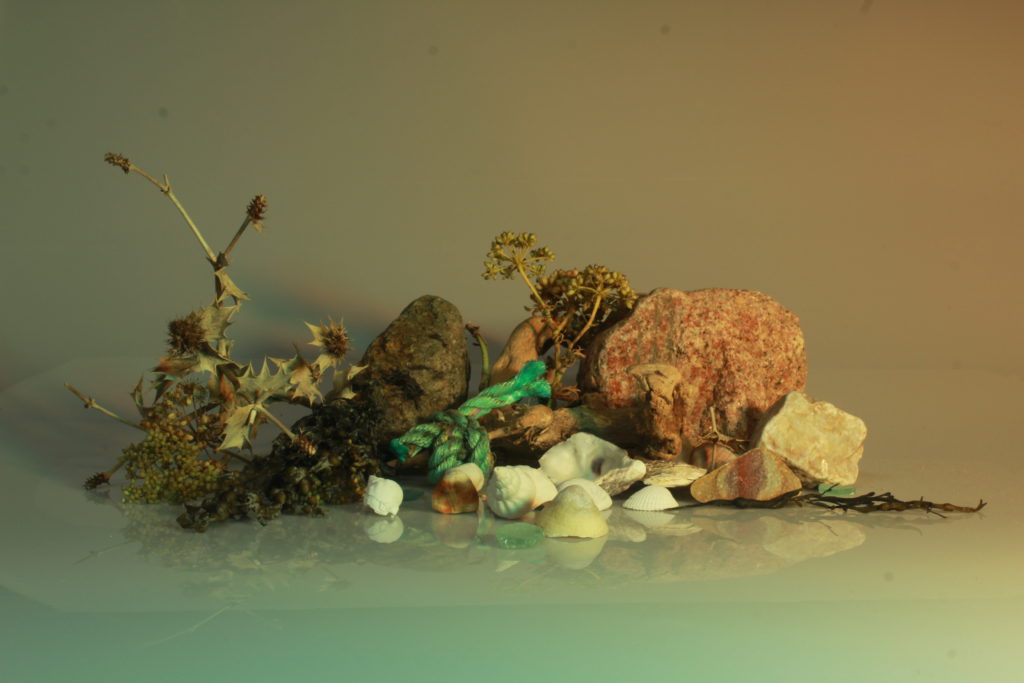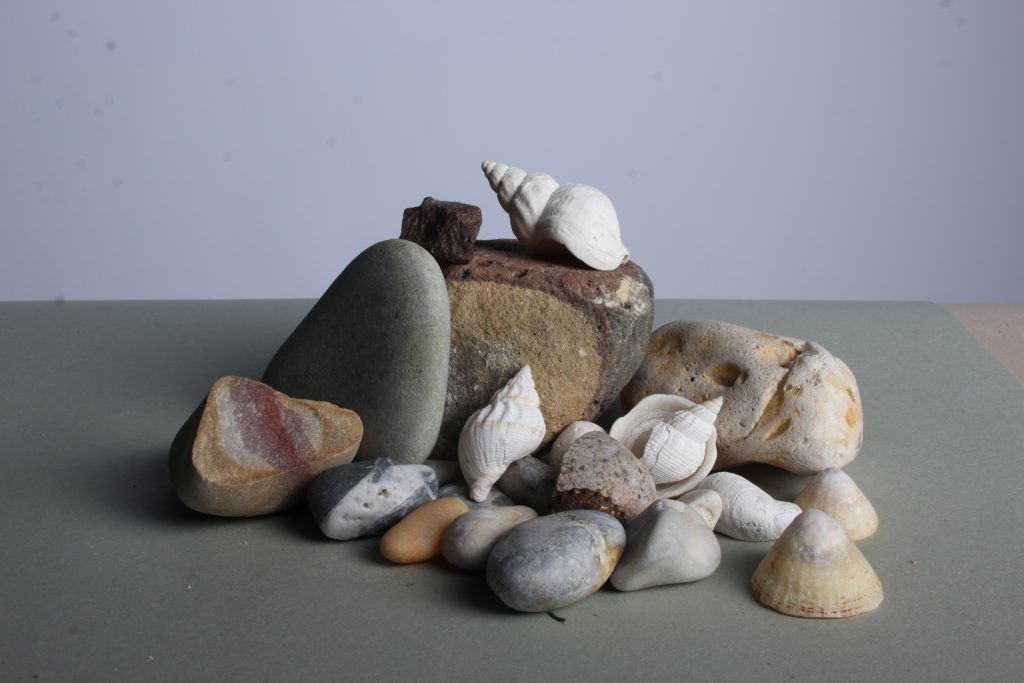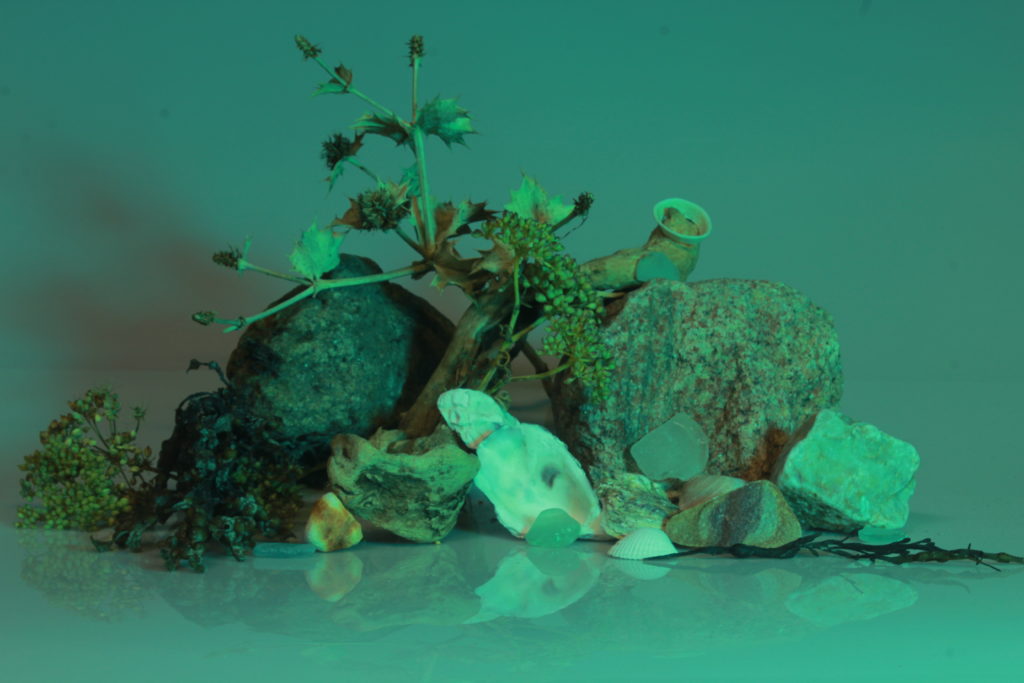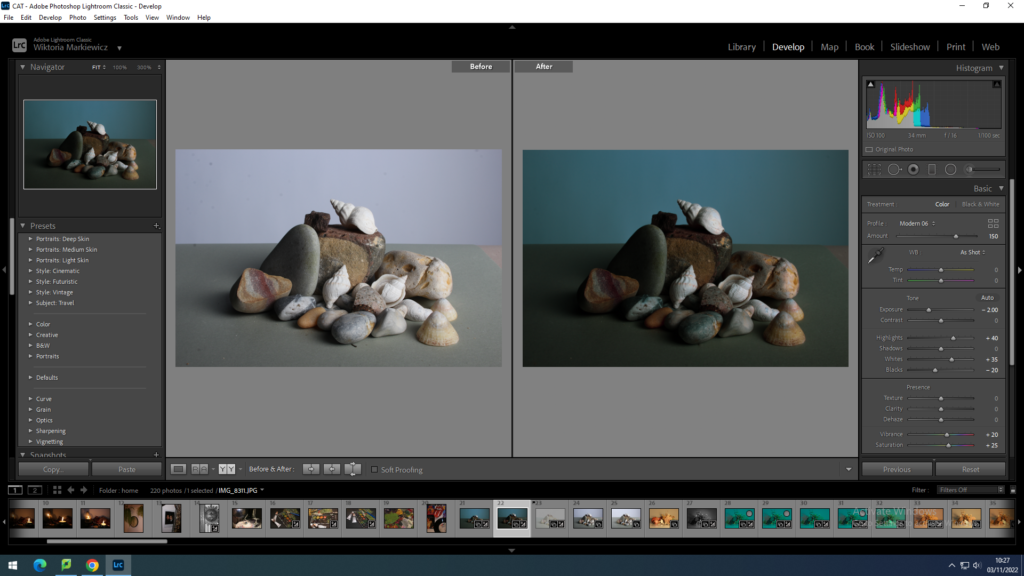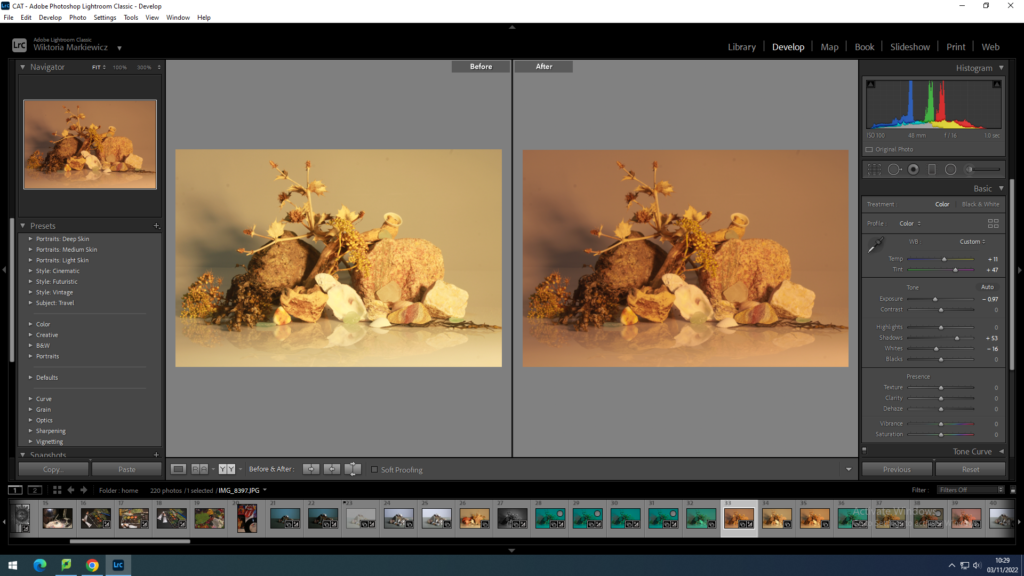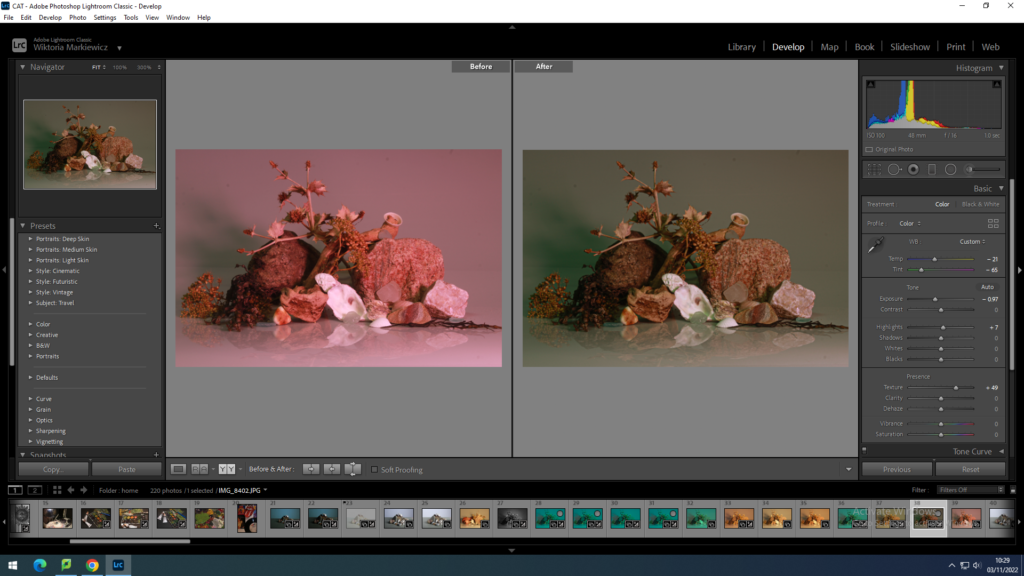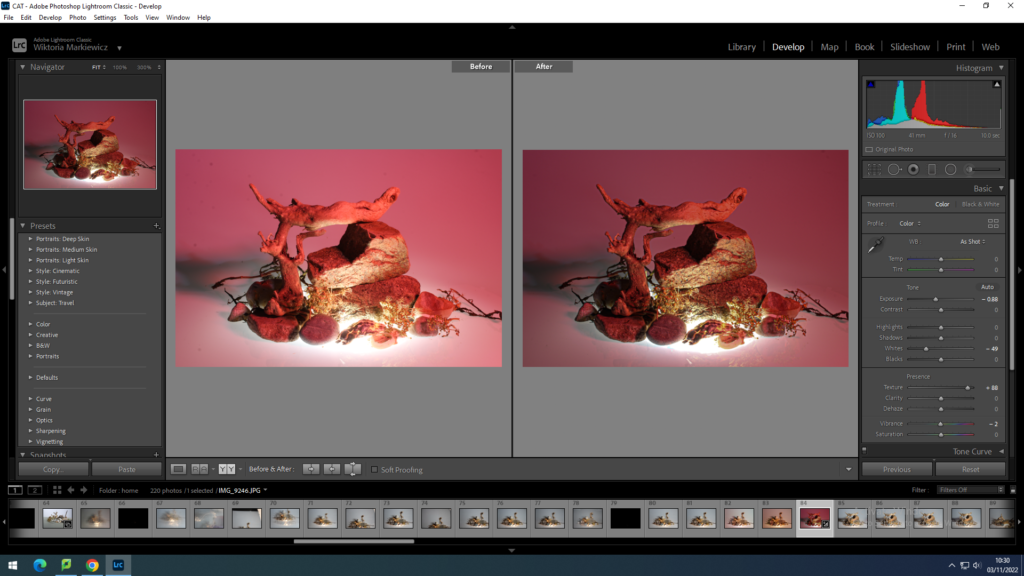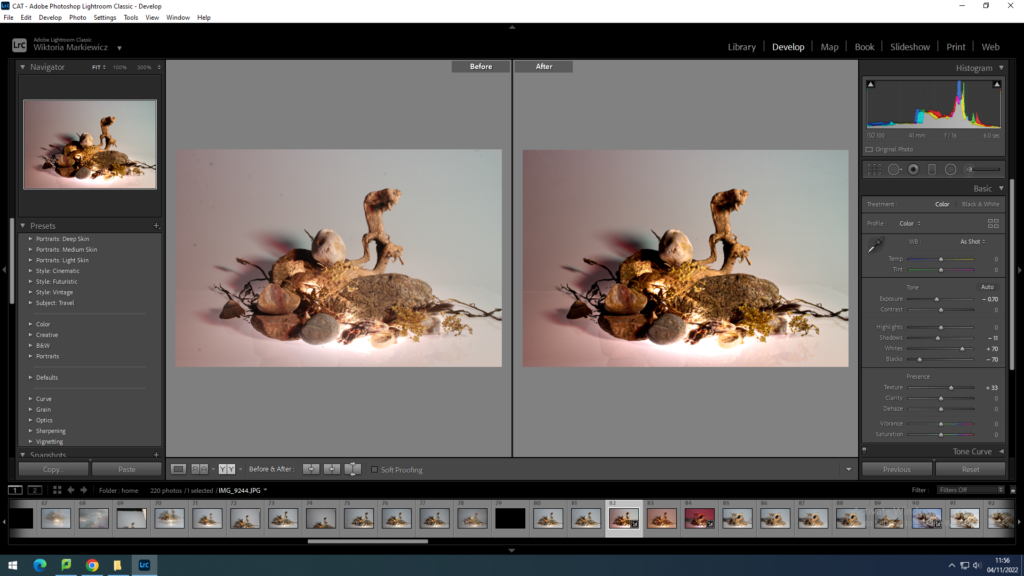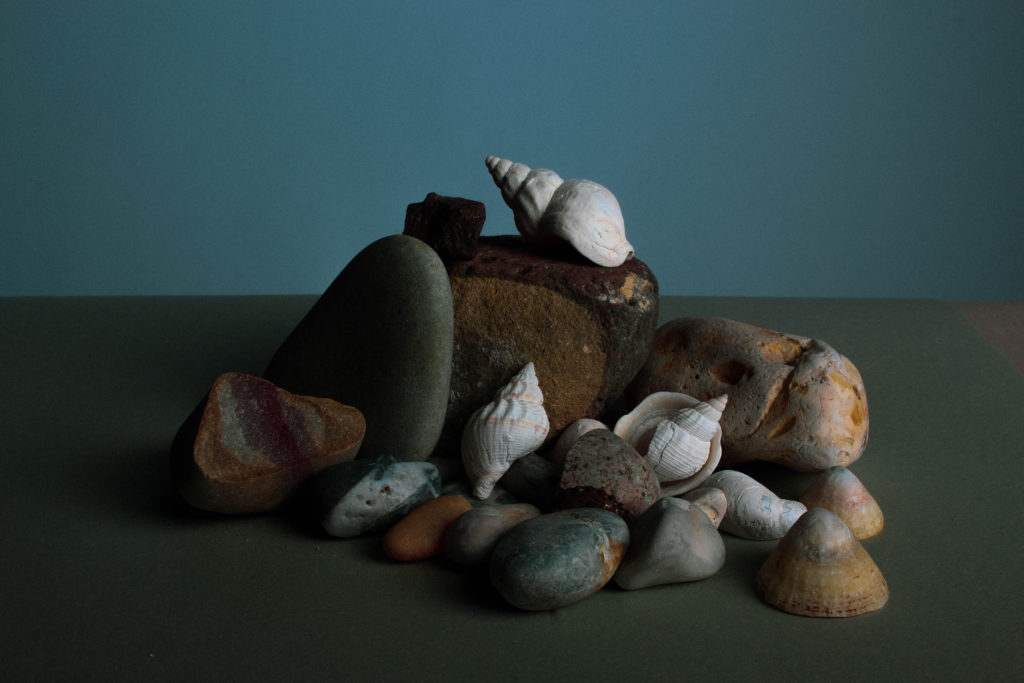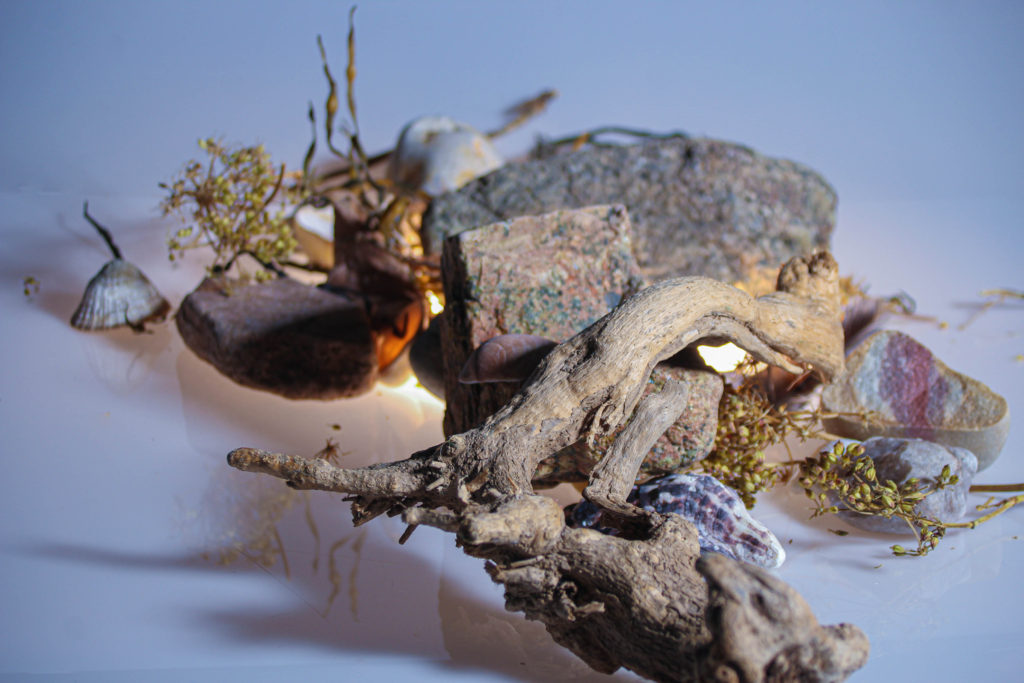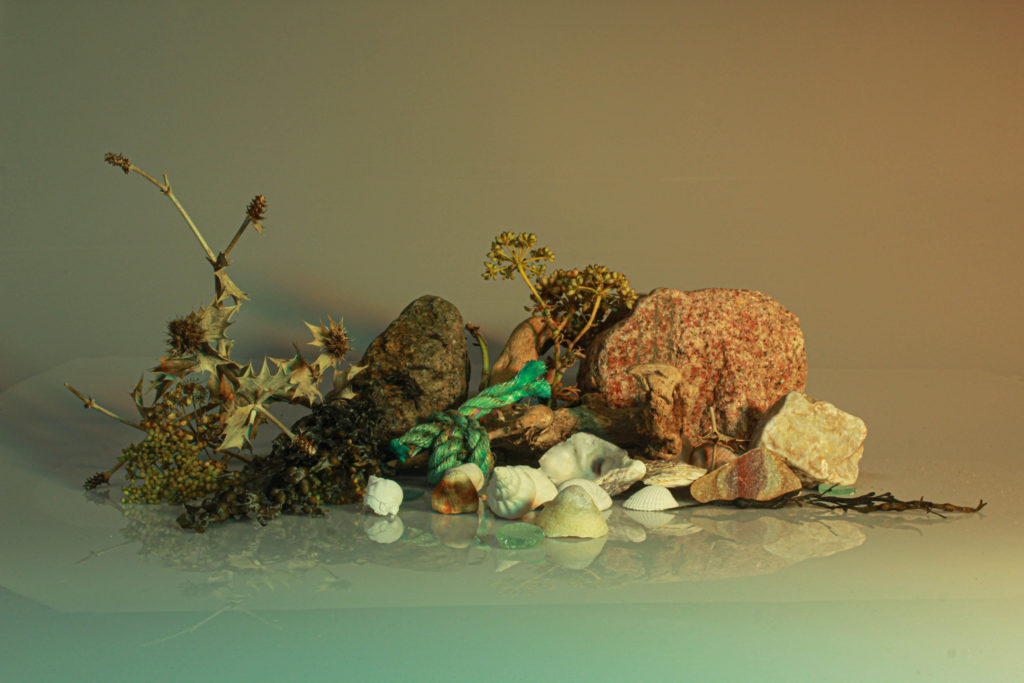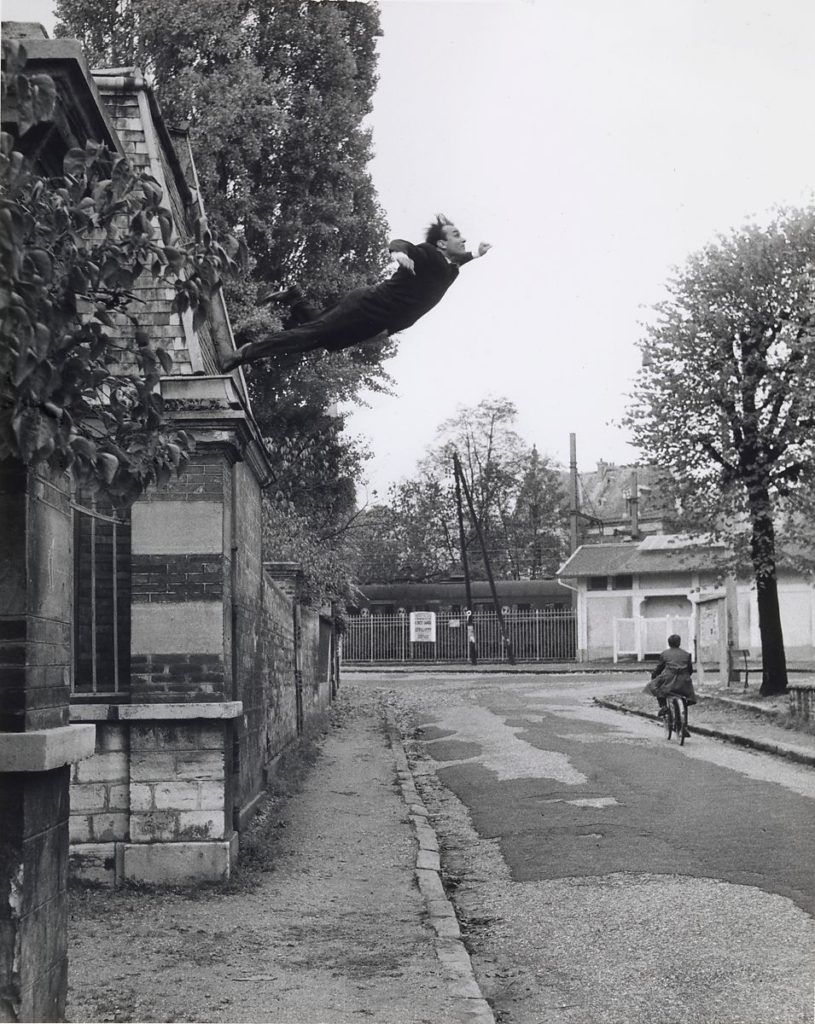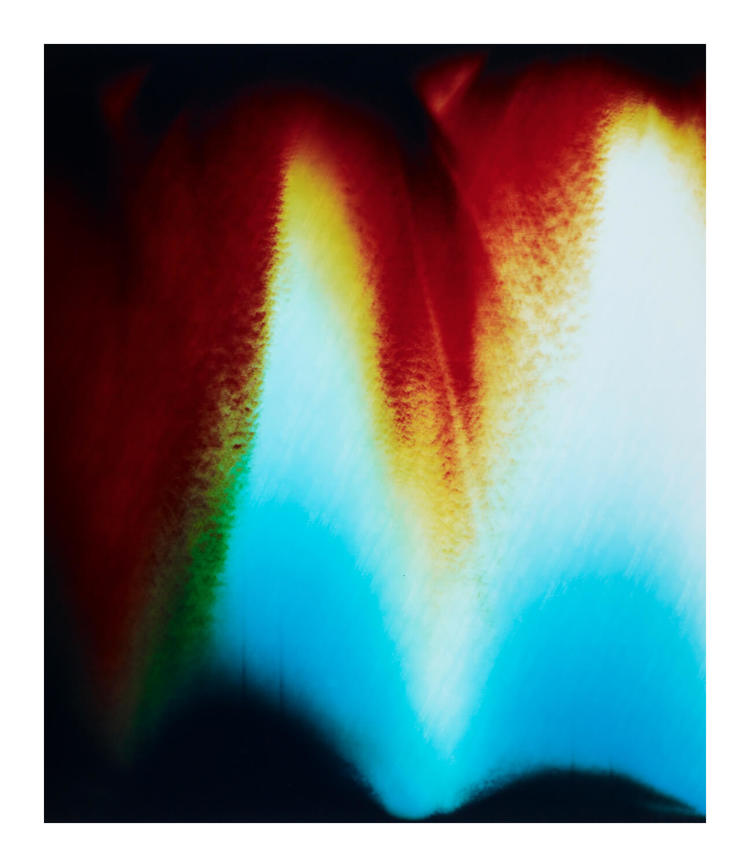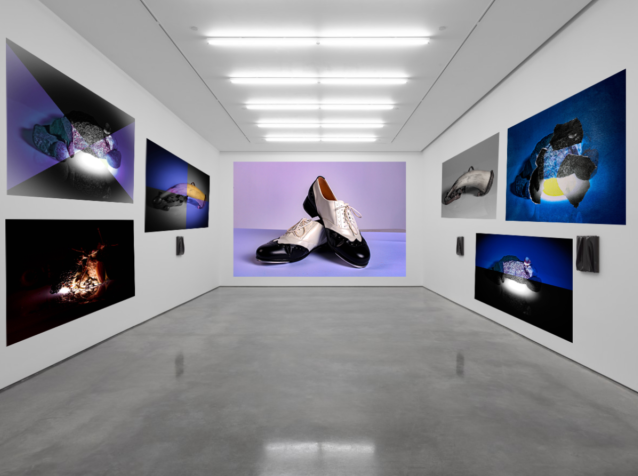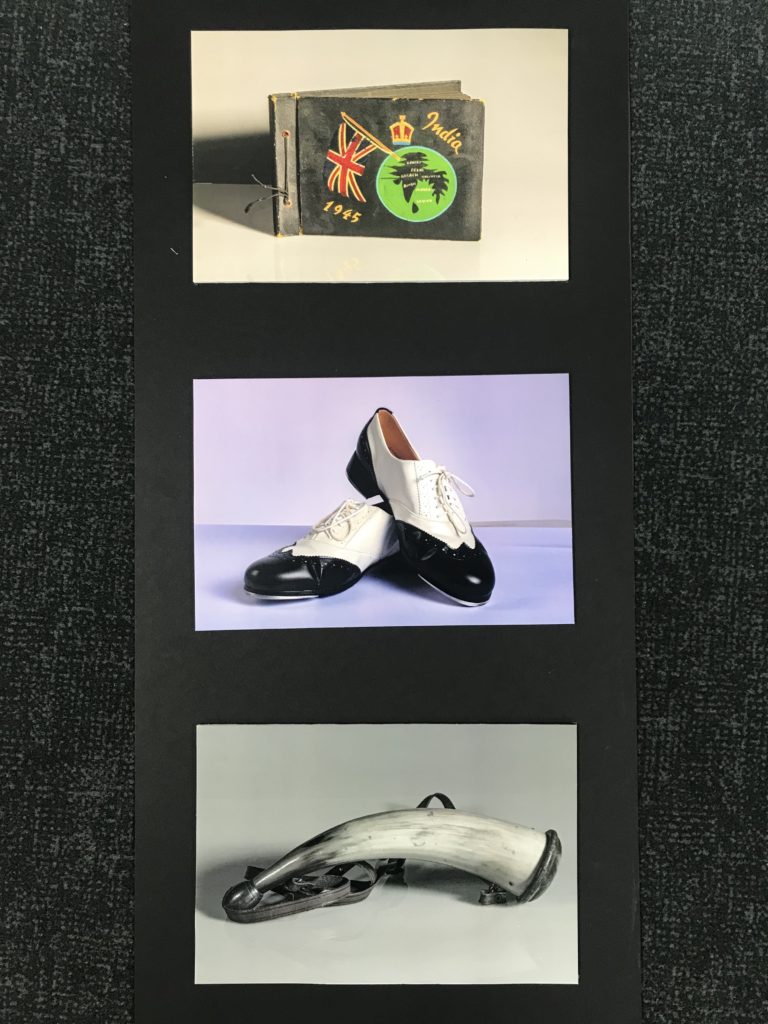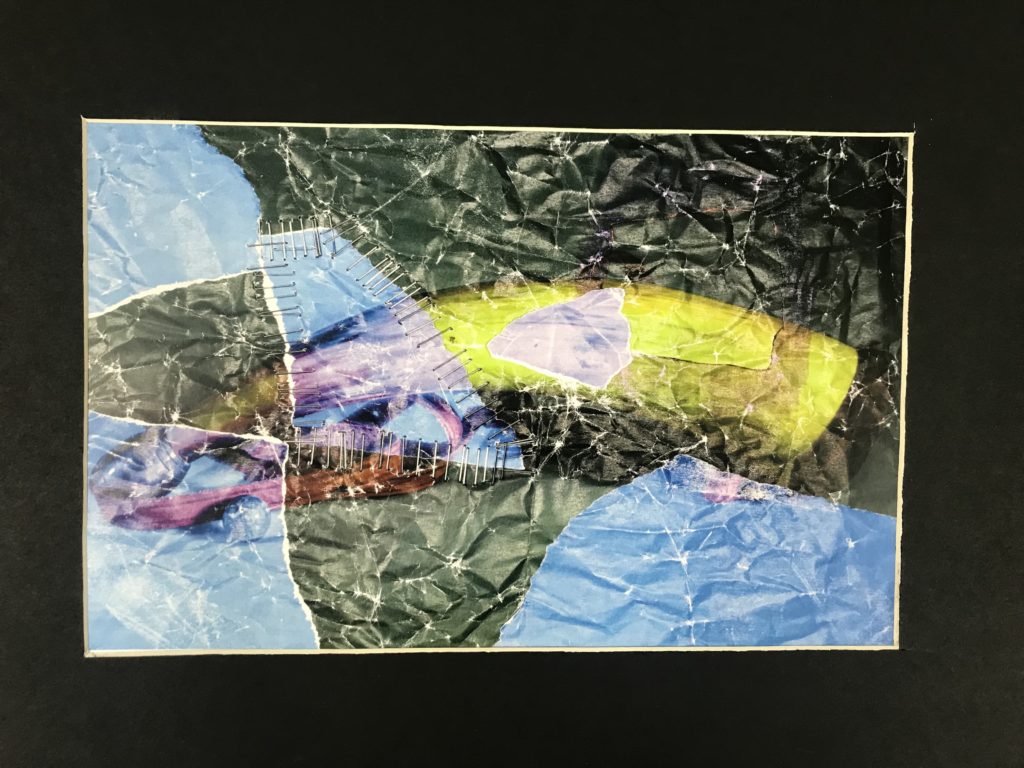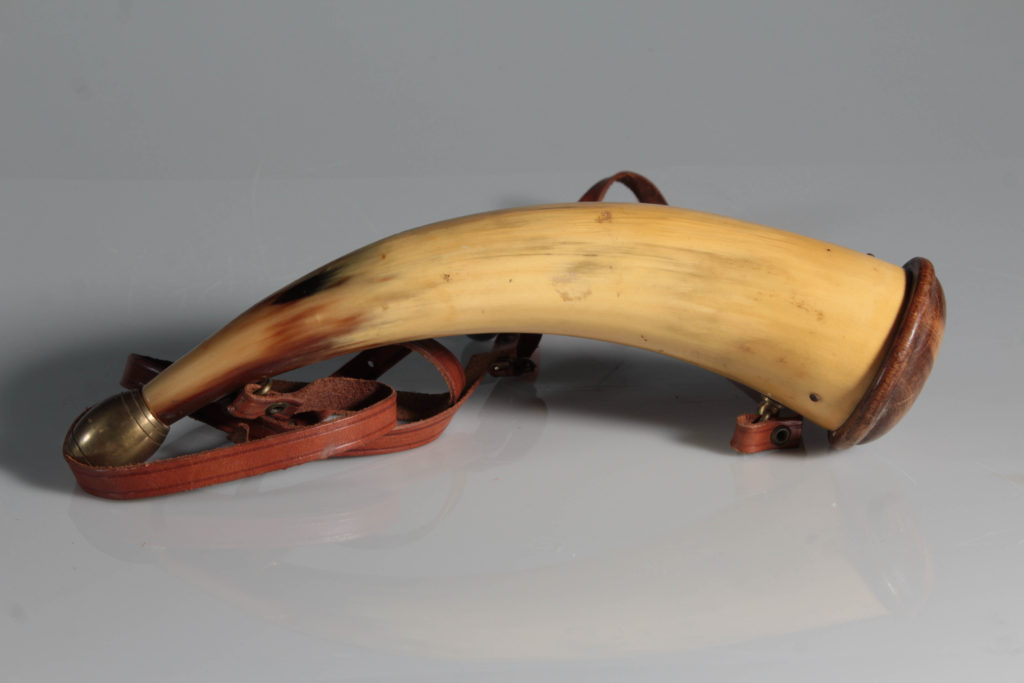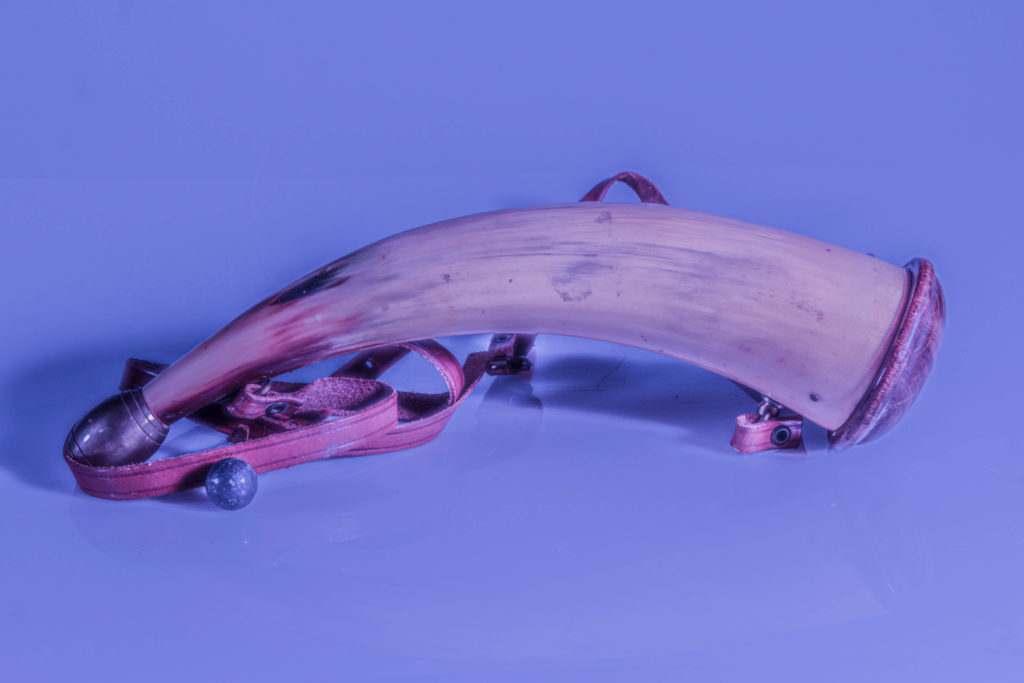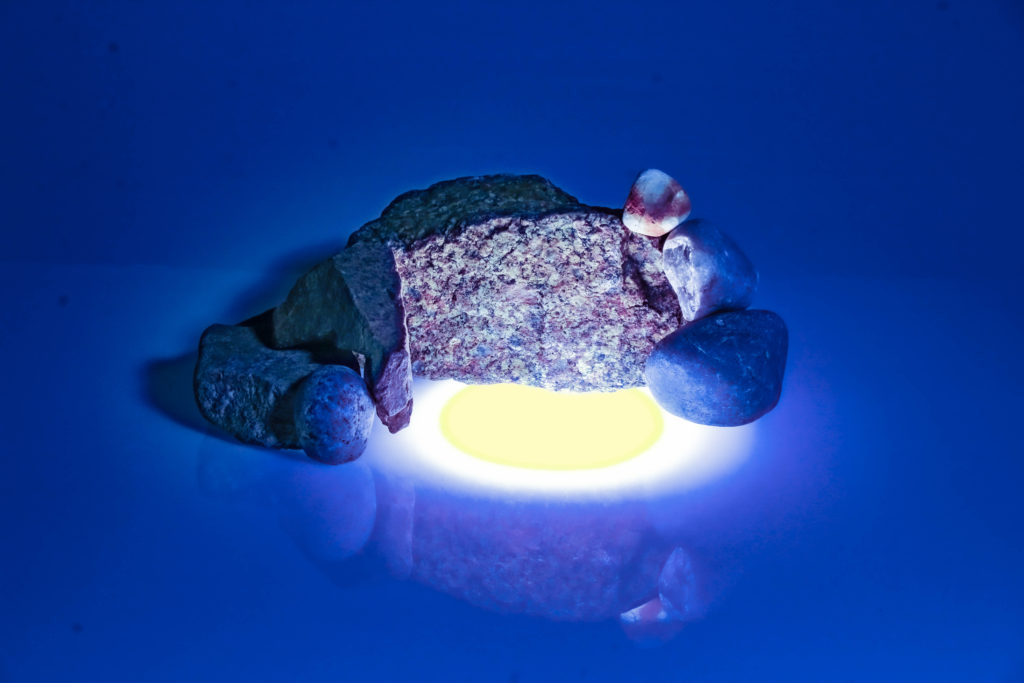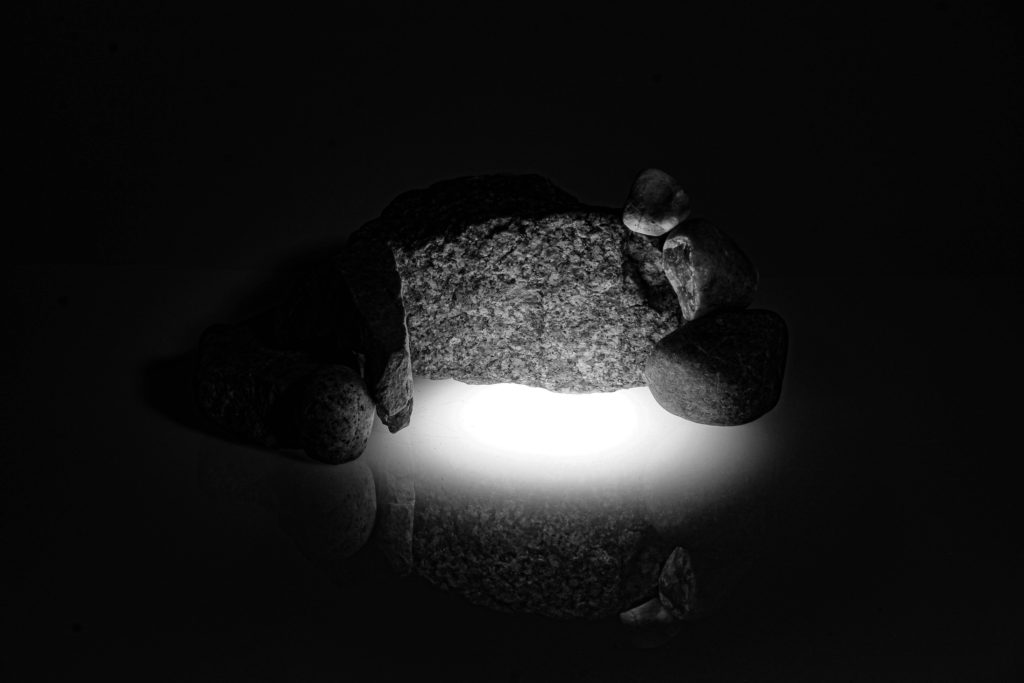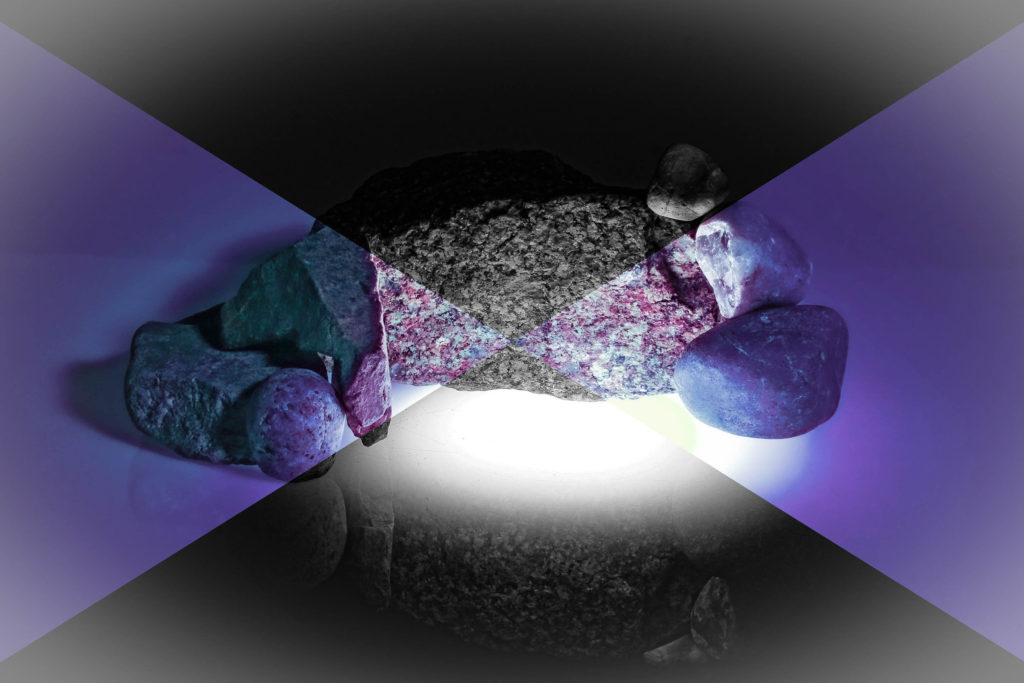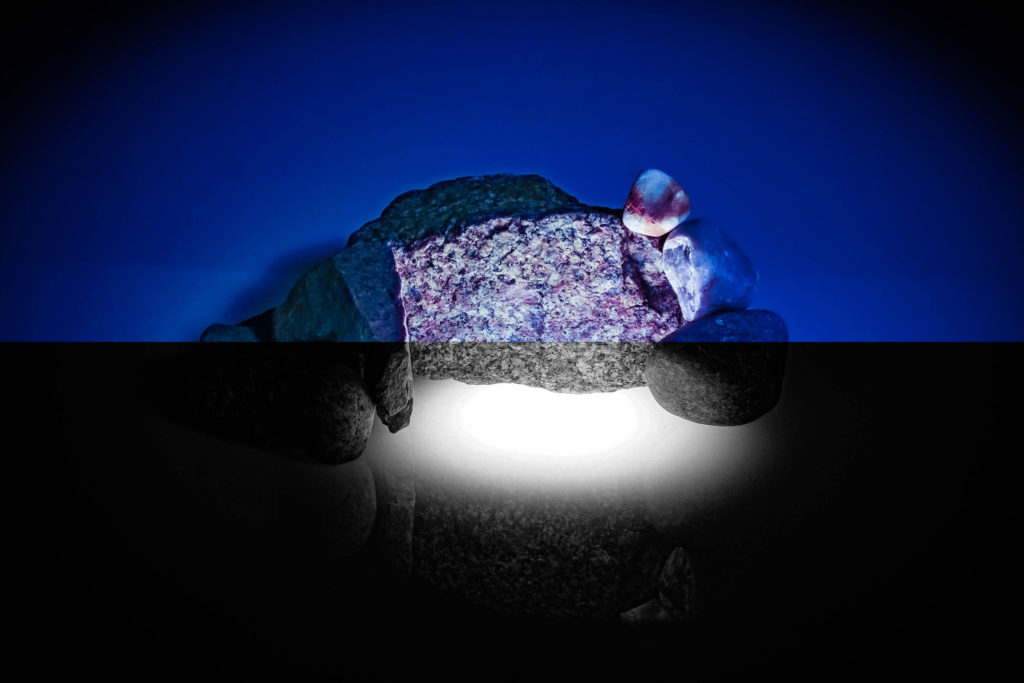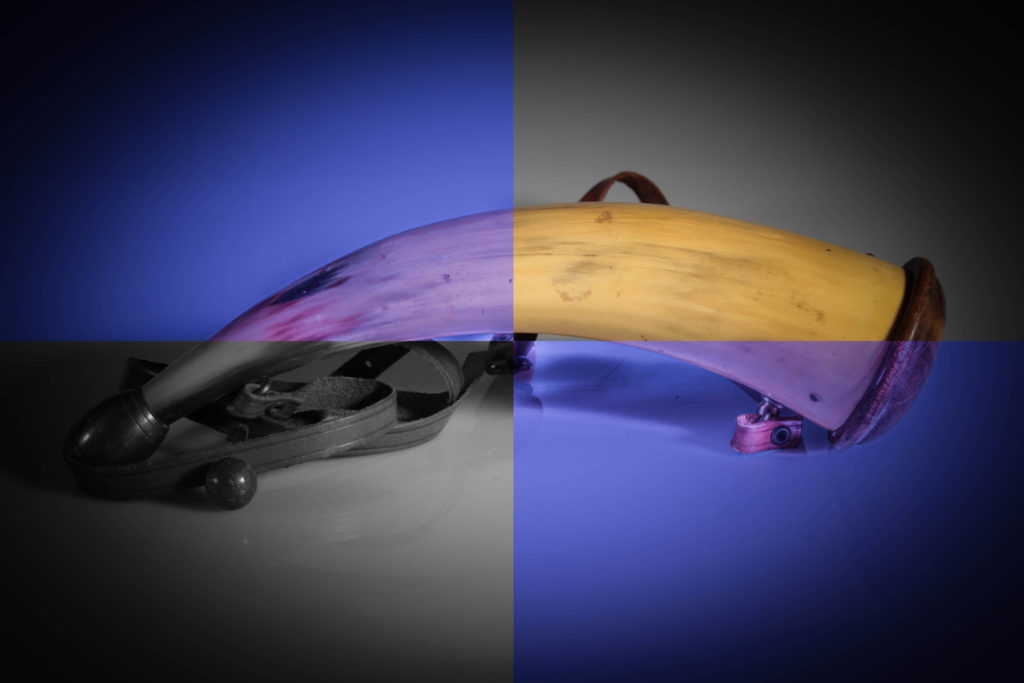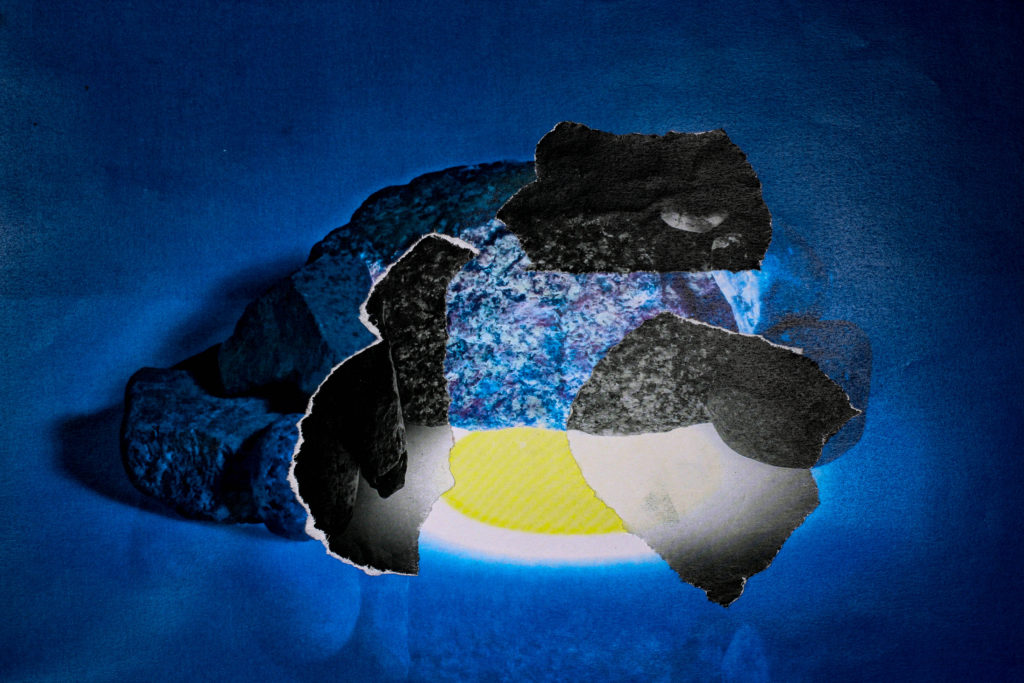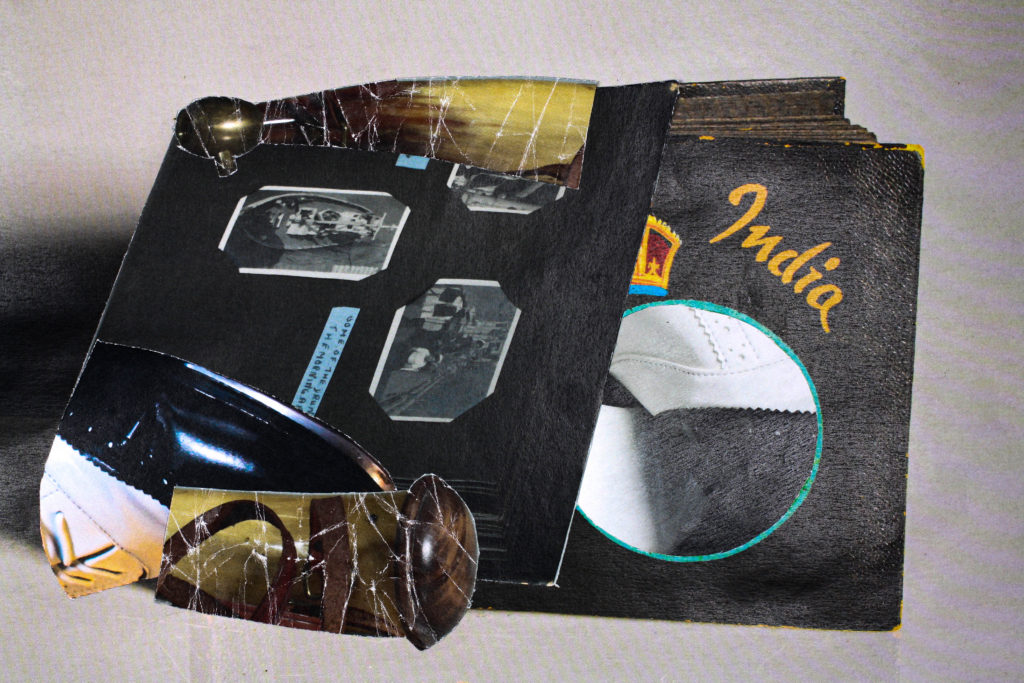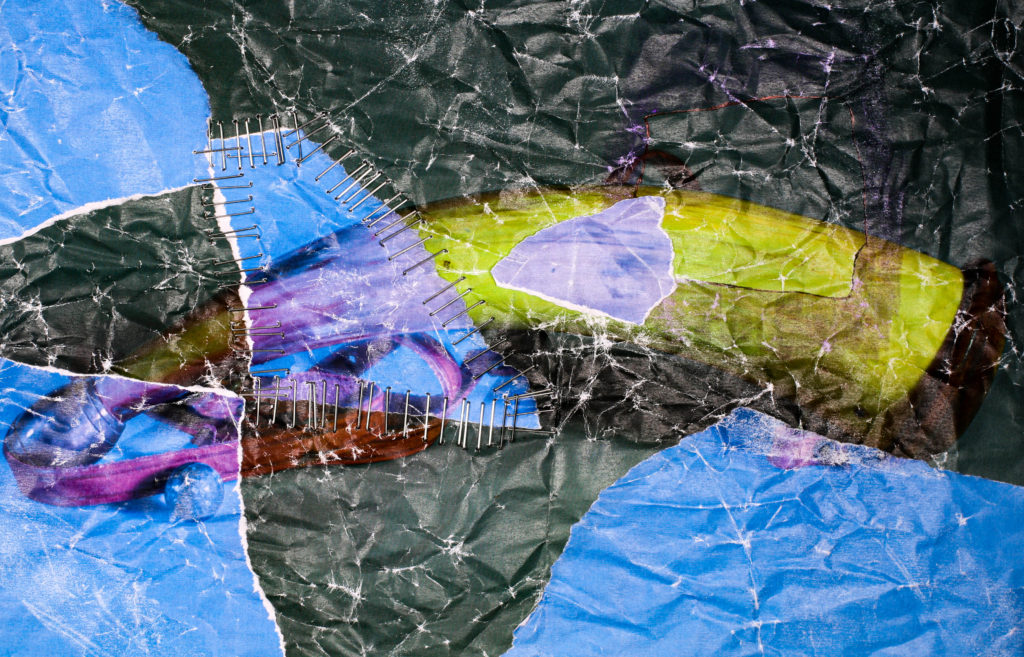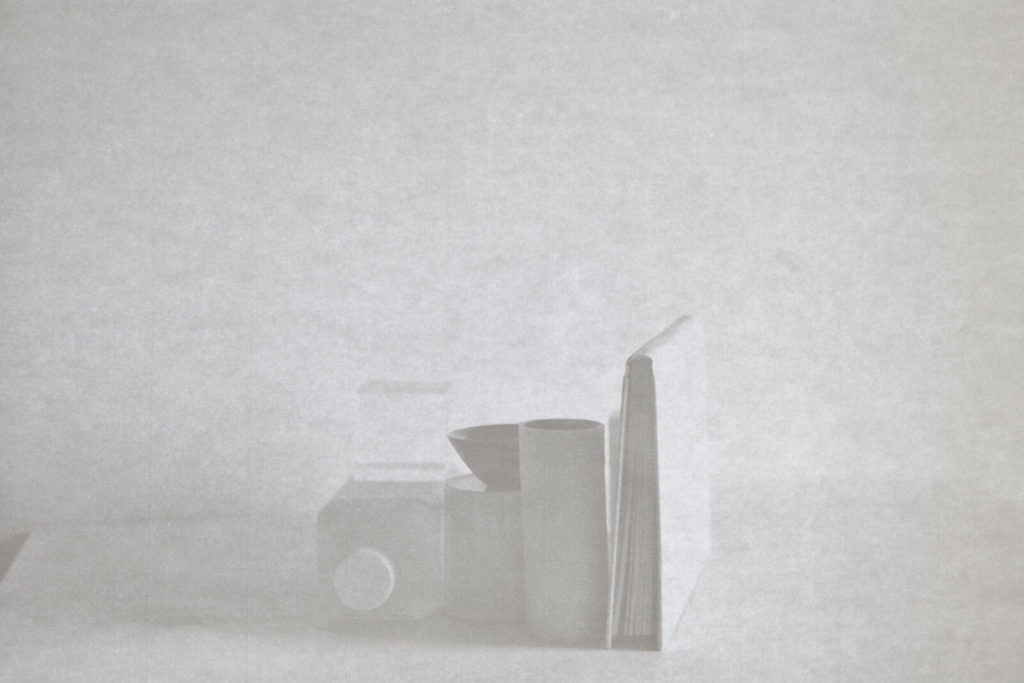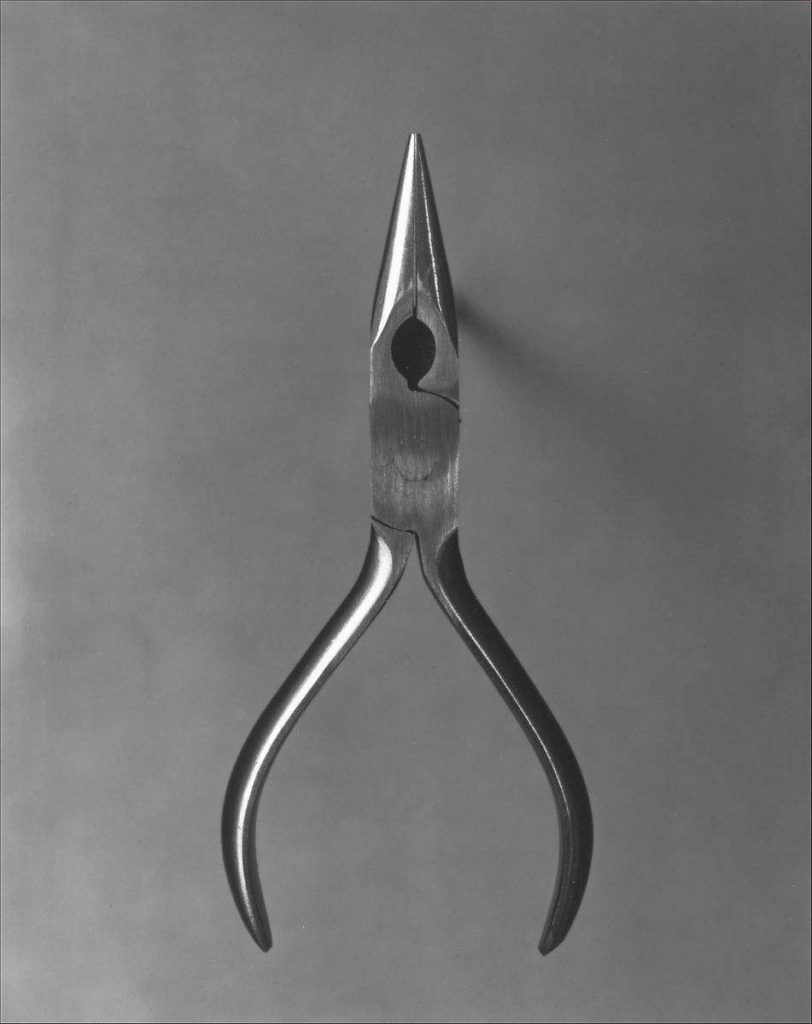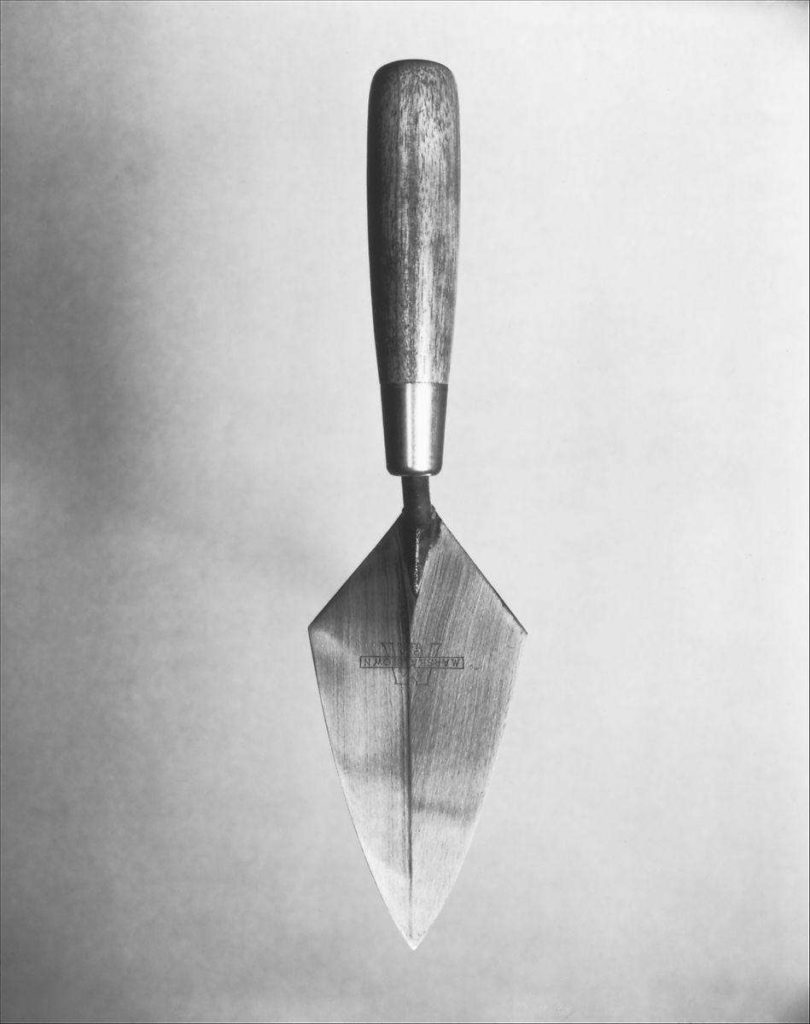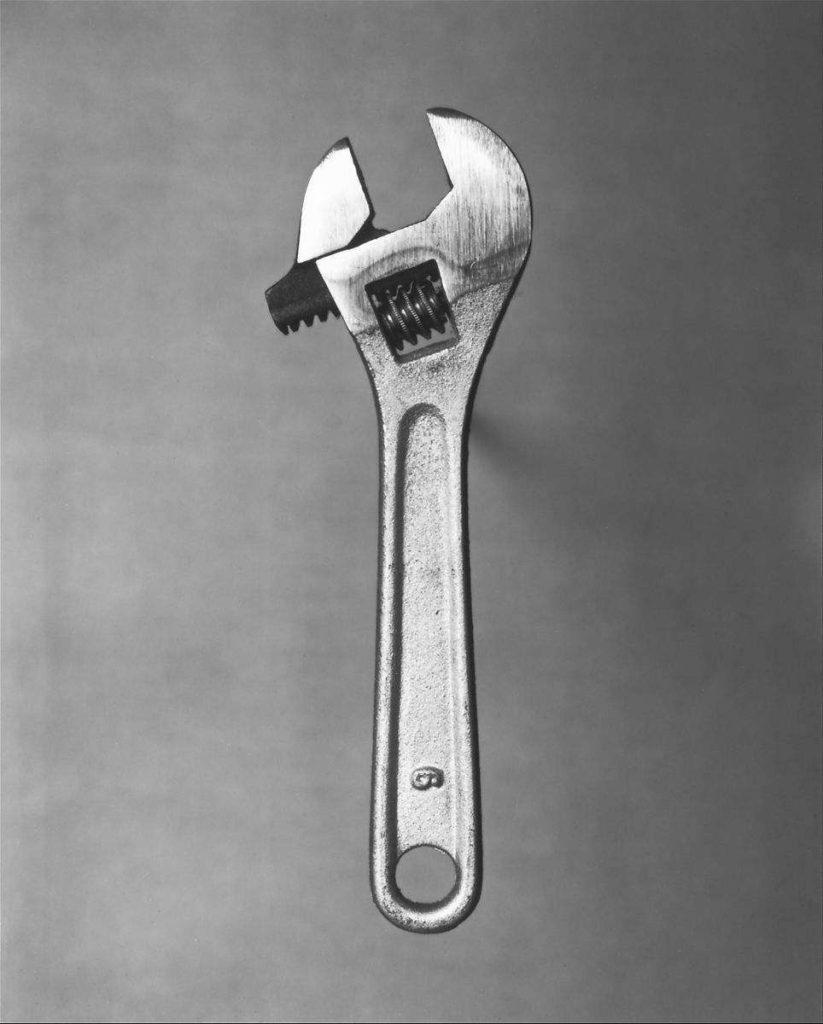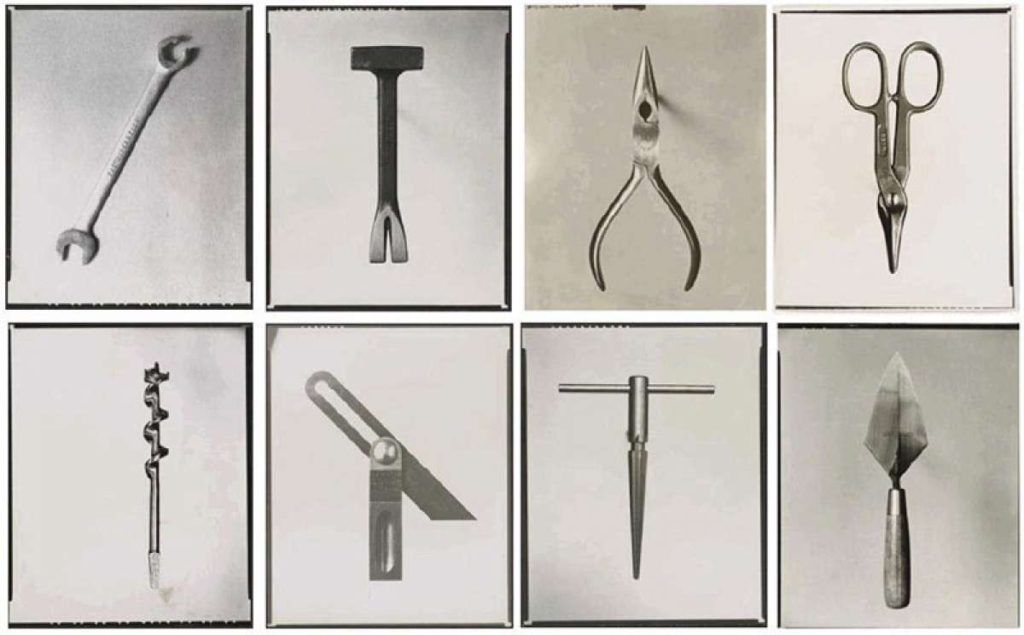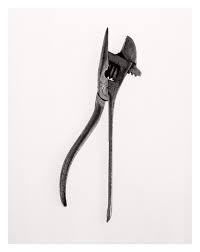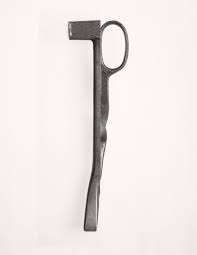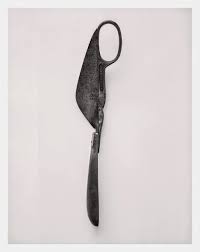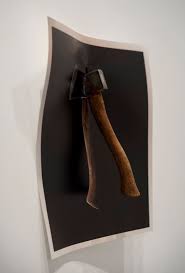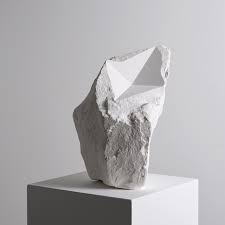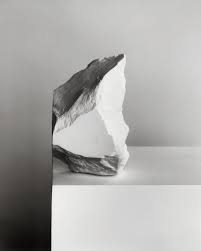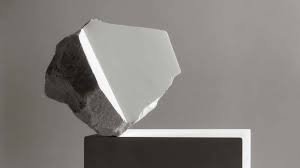What is Still Life Photography?:
Still Life is the photography of an inanimate object whether it be natural or man-made. Like a can or a flower.
Here are some still life photos for example:
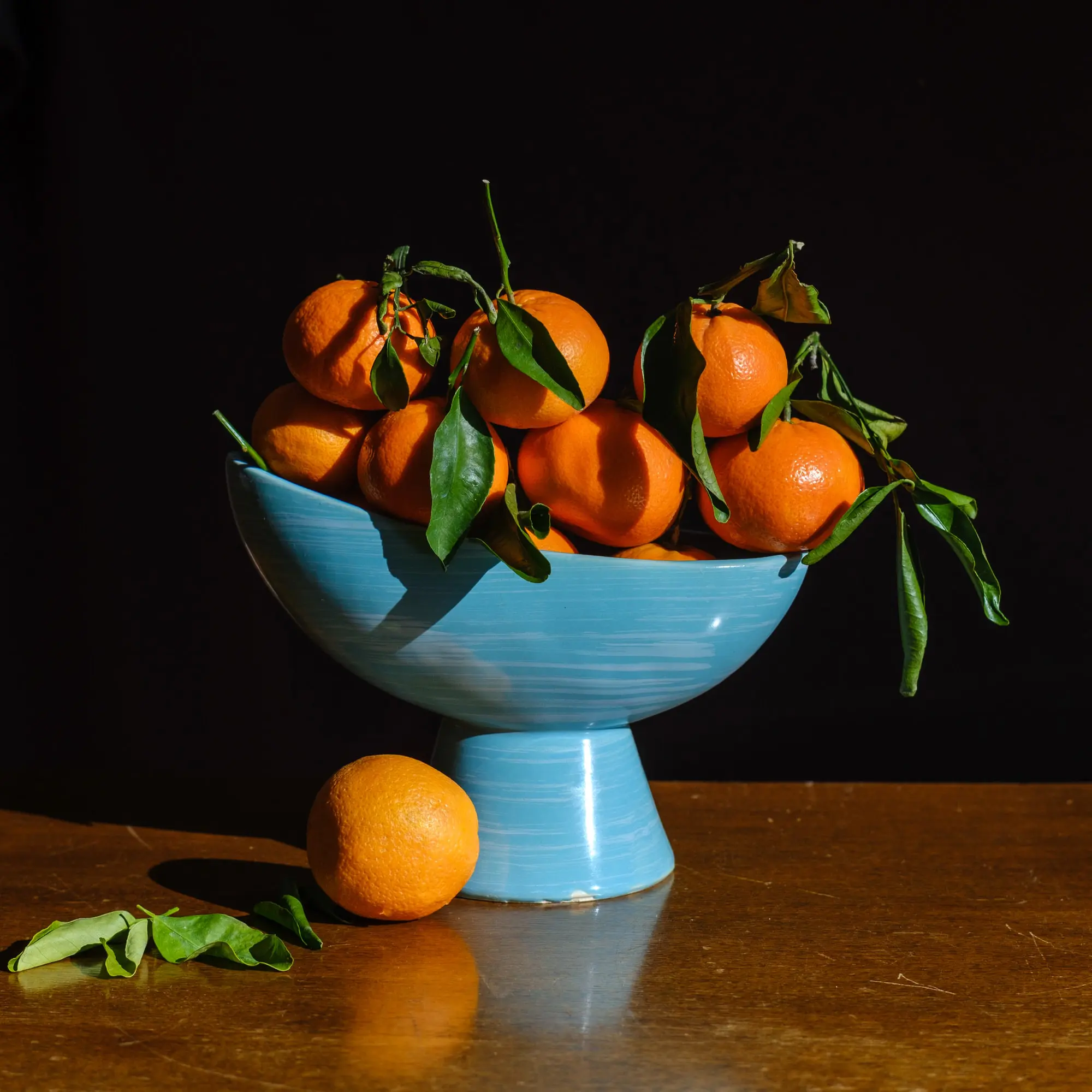

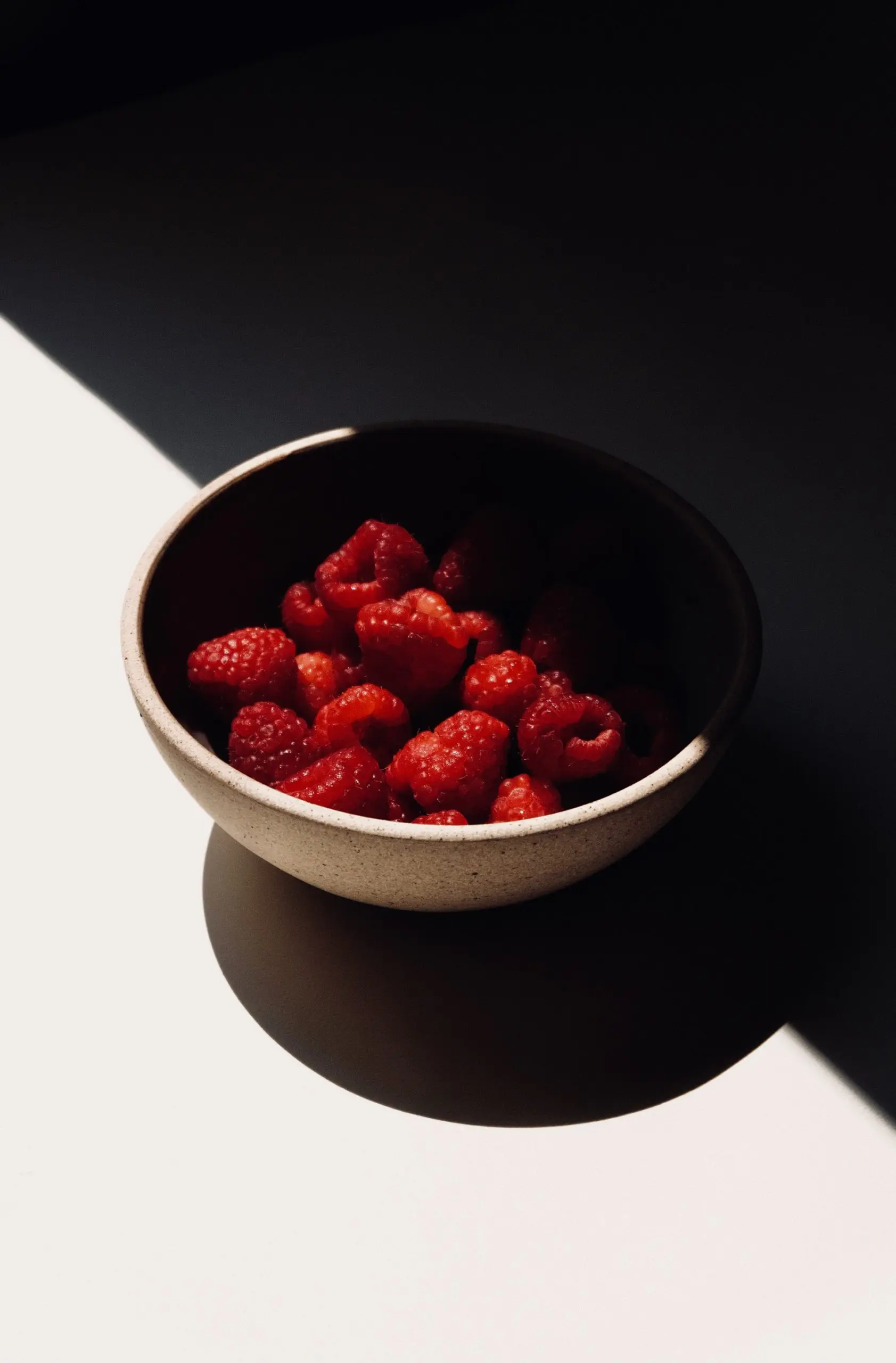
The term “Still Life” is also used in painting too:
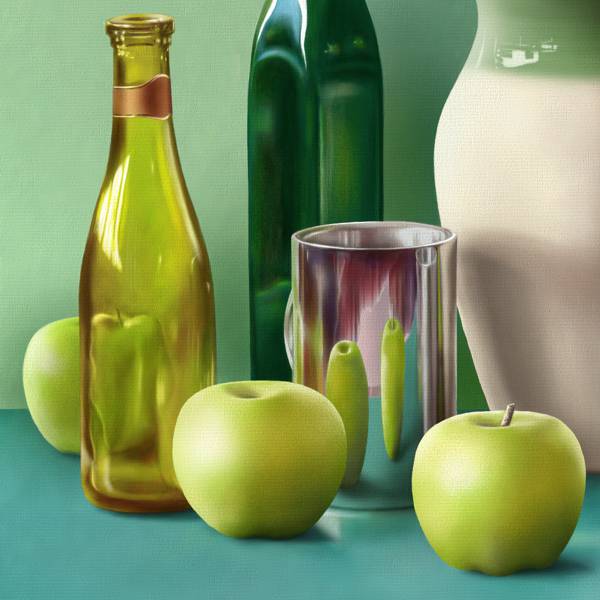

History of Still Life Photography:
Still Life began to be a genre around the 17th Century. When many paintings were published. They usually contained things about death and religion.
Eventually when cameras were invented, the first photographer to take a still life photograph was a man named Baron Adolf de Meyer.
Resources suggest this was the alleged photo that was taken:

Since then, Still Life photography became a very popular genre among many photographers. And as technology improved and cameras could eventually take coloured pictures, Still Life photography became even better. With more vibrant and clearer pictures taking in the real world we live in.
This is Still Life photography now:
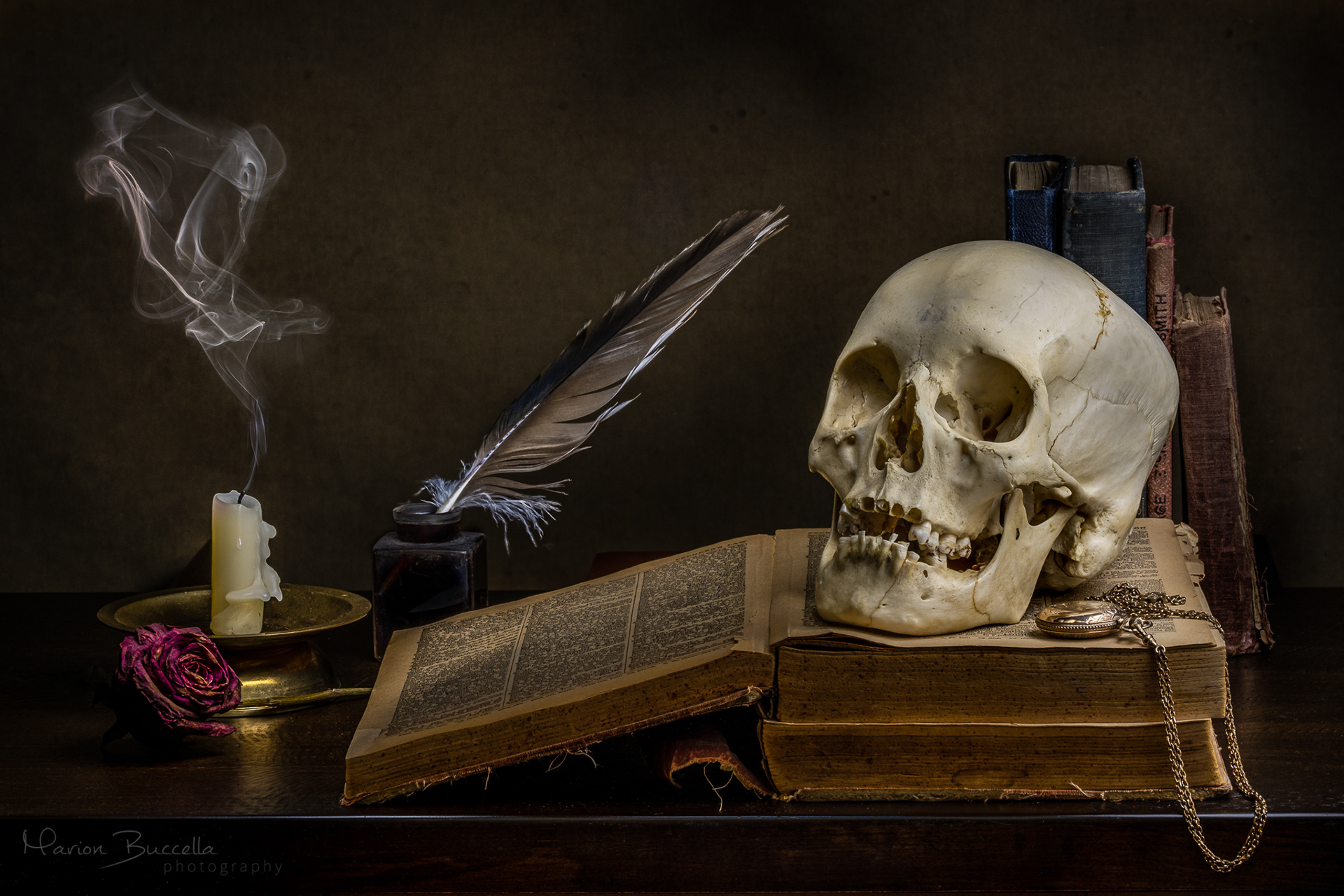
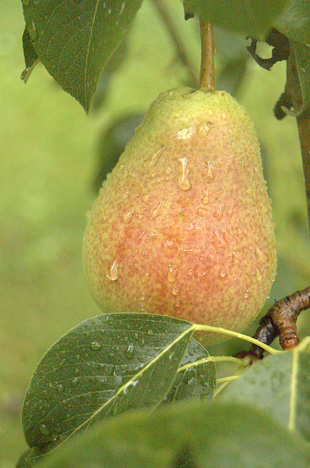
.jpg)
Vanitas:
Vanitas is actually a genre that is used mostly in Art and relates to what was stated earlier about “Death”.
Infact, it more captures the entirety of life. To show how painful and or how beautiful it is.
An example of a Vanitas painting:
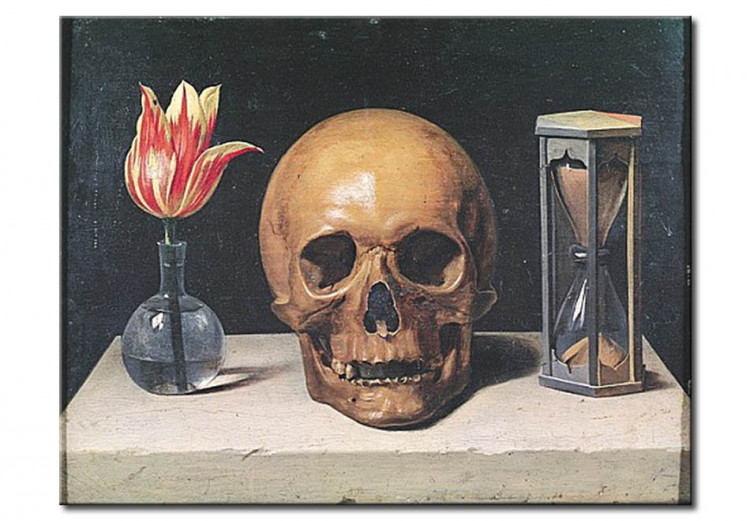
Here you can see a flower, a skull and a sand timer.
The flower, symbolising beauty. Could be connected to the beginning of life. The skull, symbolising death and the timer which could be suggesting that your time is limited and eventually, you will run out.
As you can see in this picture, it contains elements relating to life and death.
Memento Mori:
The phrase “Memento Mori” comes from the Latin saying that means “Remember that you have to die”. “Memento Mori” clearly has connections to death too.
“Memento Mori” is also another genre in photography and art that obviously revolves around death. It acts as a message to remind people of the inevitability of death. While that may sound dark and scary, I believe it is trying to put death in a different light by making people accept their fates as it would be better to die brave than to die scared. I think it is trying to tell us that death is not something we should fear and run away from (or at least deaths from natural causes, maybe not from things like murder).
Here are some pictures that fit in to this genre:
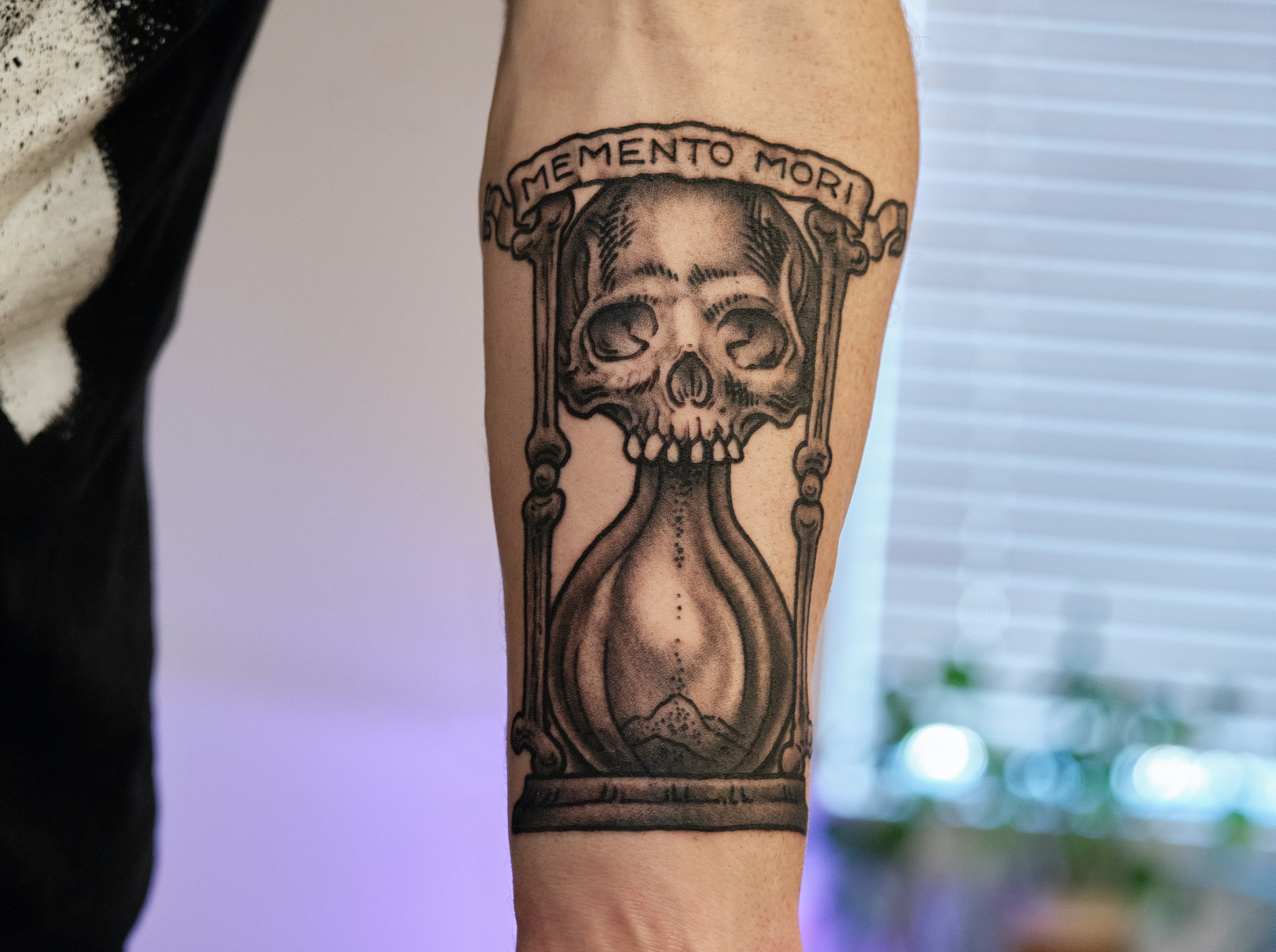
Here is a tattoo that shares many similarities with the Vanitas one, such as the skull and sand timer. Both having connotations to death and time.
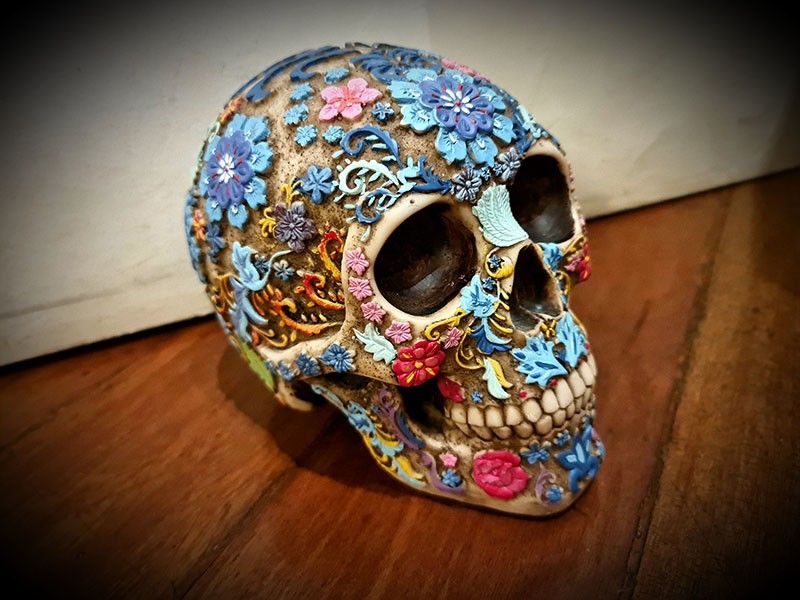
Here is a decorated skull, which is painting death as a more beautiful thing than a bad thing. I like both of these pictures as it uses art AND photography.
Metaphors and Symbols in Still Life photography:
We have already stated some metaphors and symbols relating to death already, so some other ones it can be linked to is Nature, which can be capturing plants and animal life:


Another one can be of a street in the middle of a city, the places we walk through everyday. Looking at photos of these kinds can remind us of how far our species has come to have this society we live in:
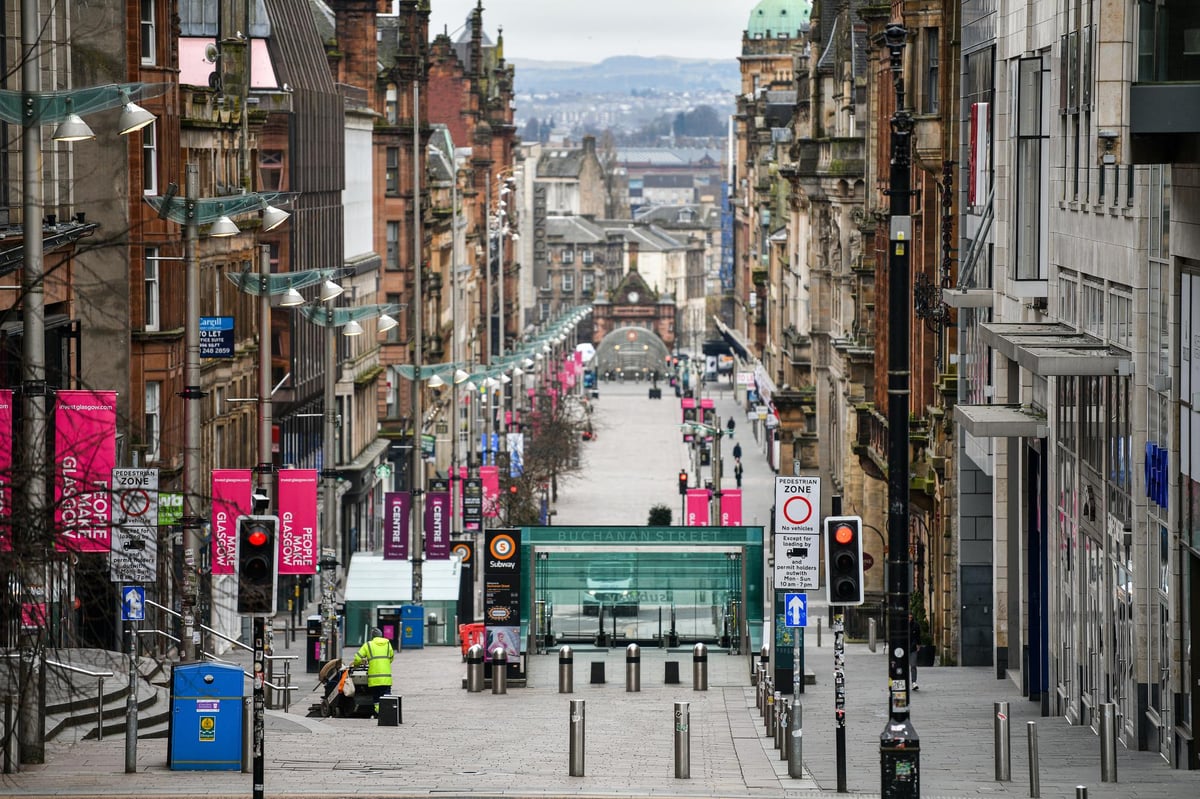

One more can be of the weather, showing us the beauty in our world. Whether it be raining or sunny there is always something to look at and admire.
